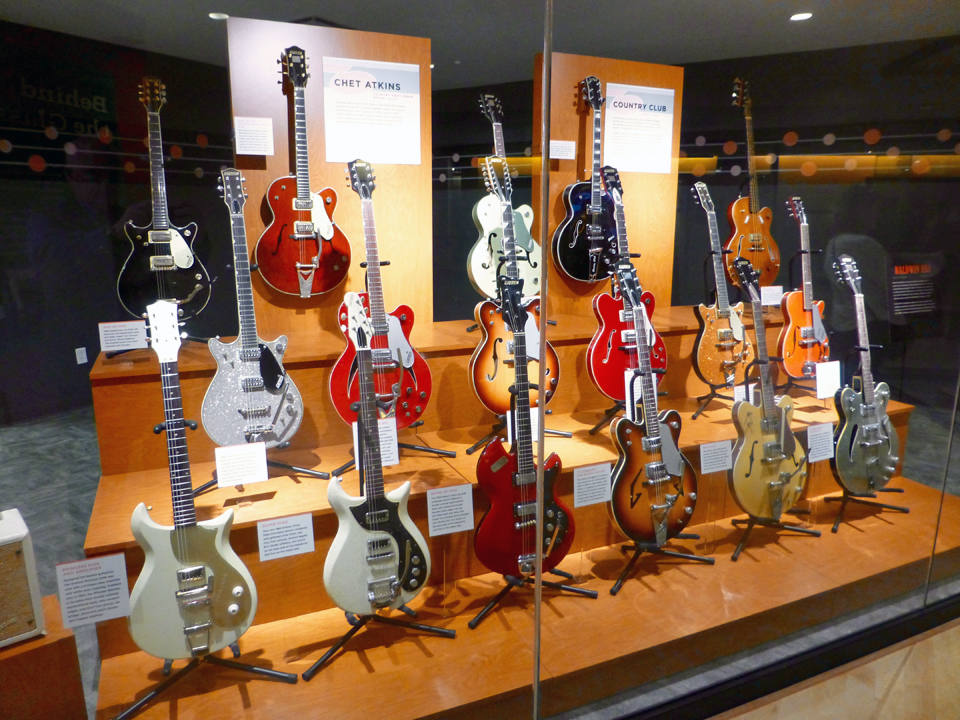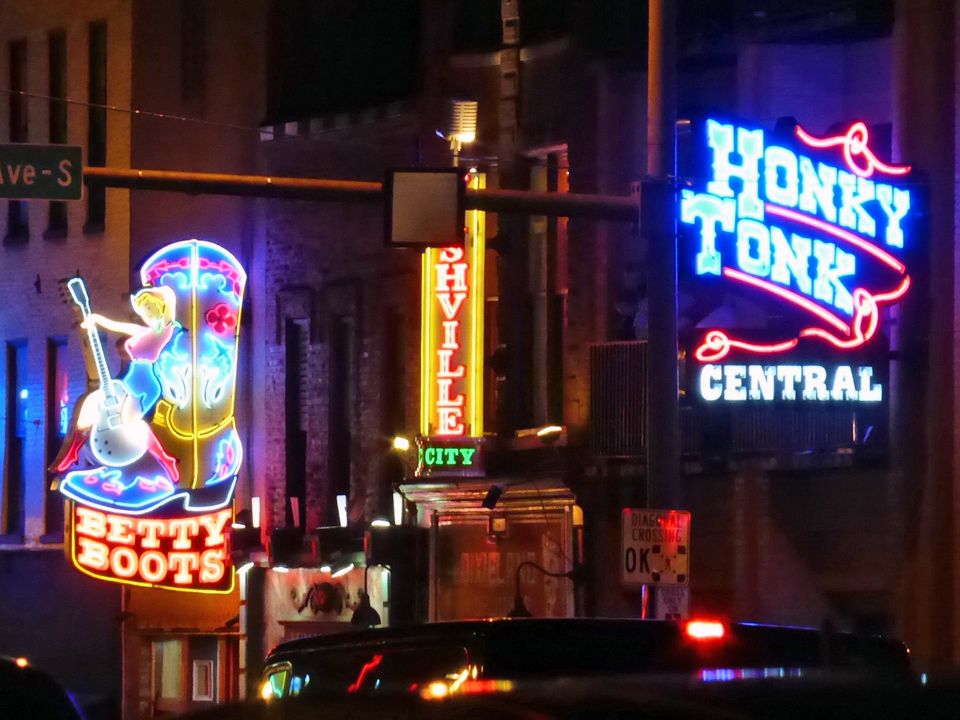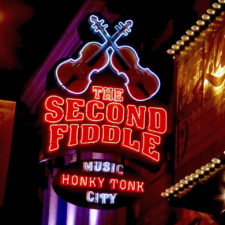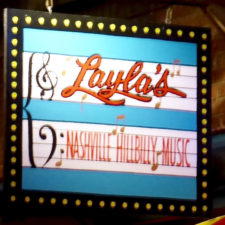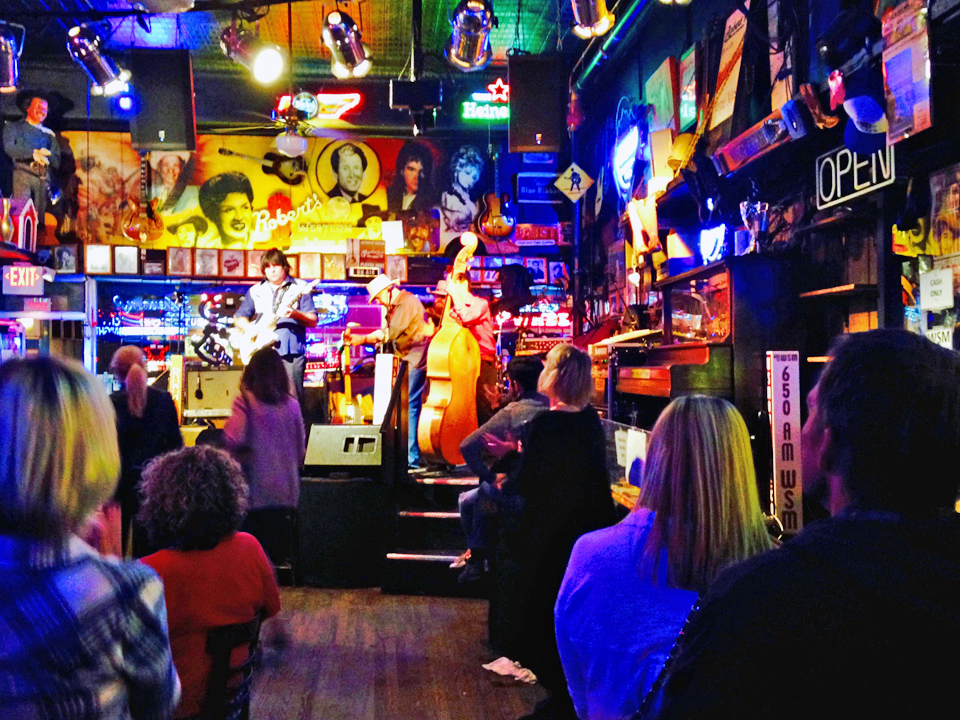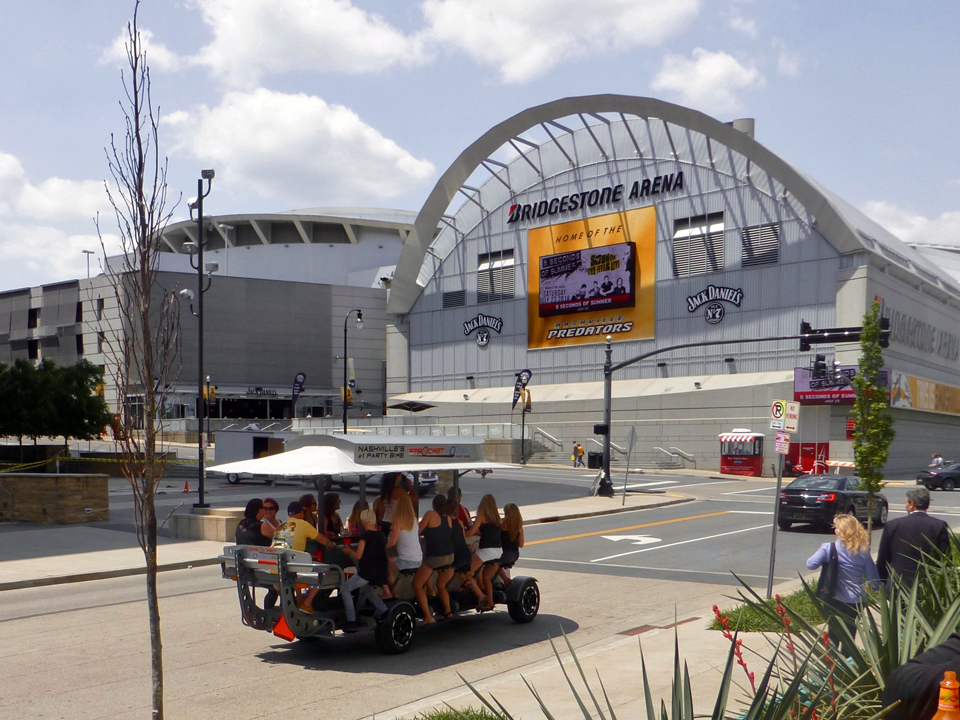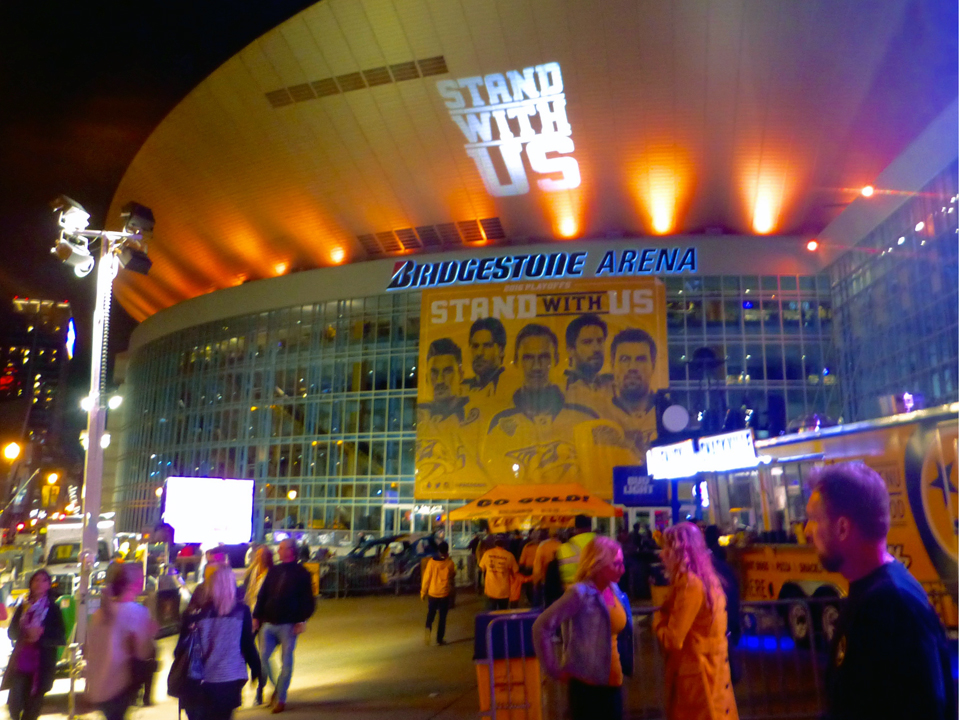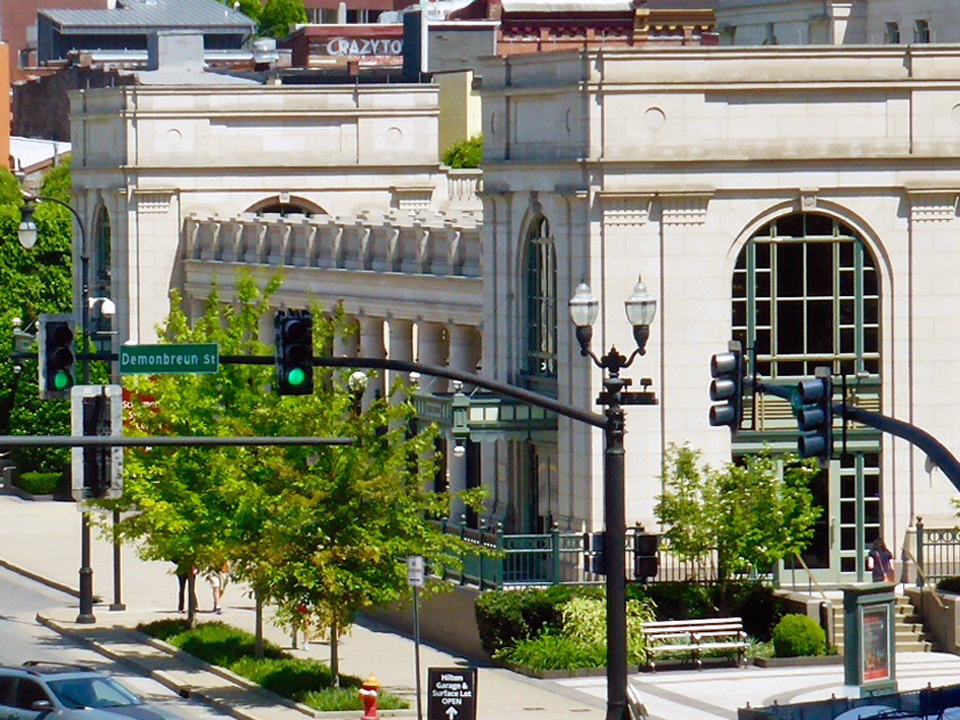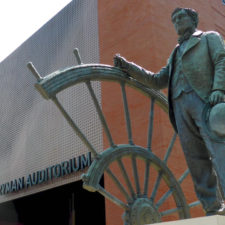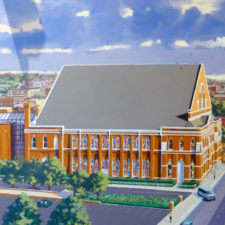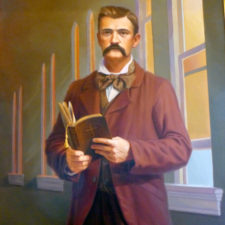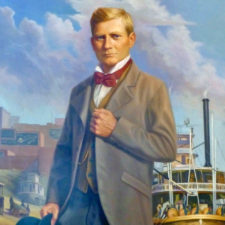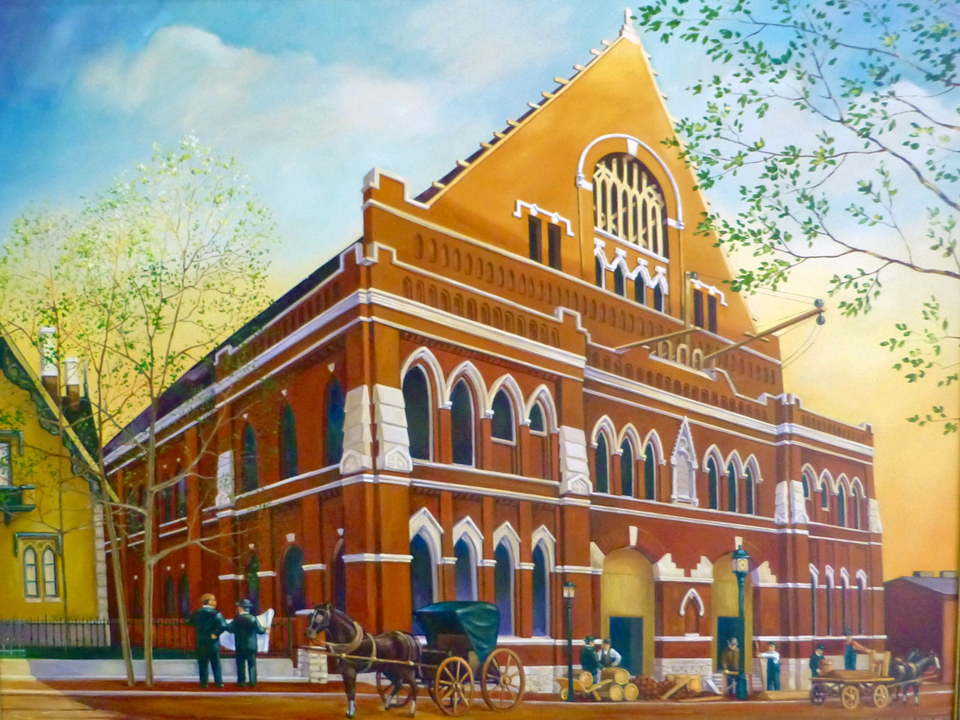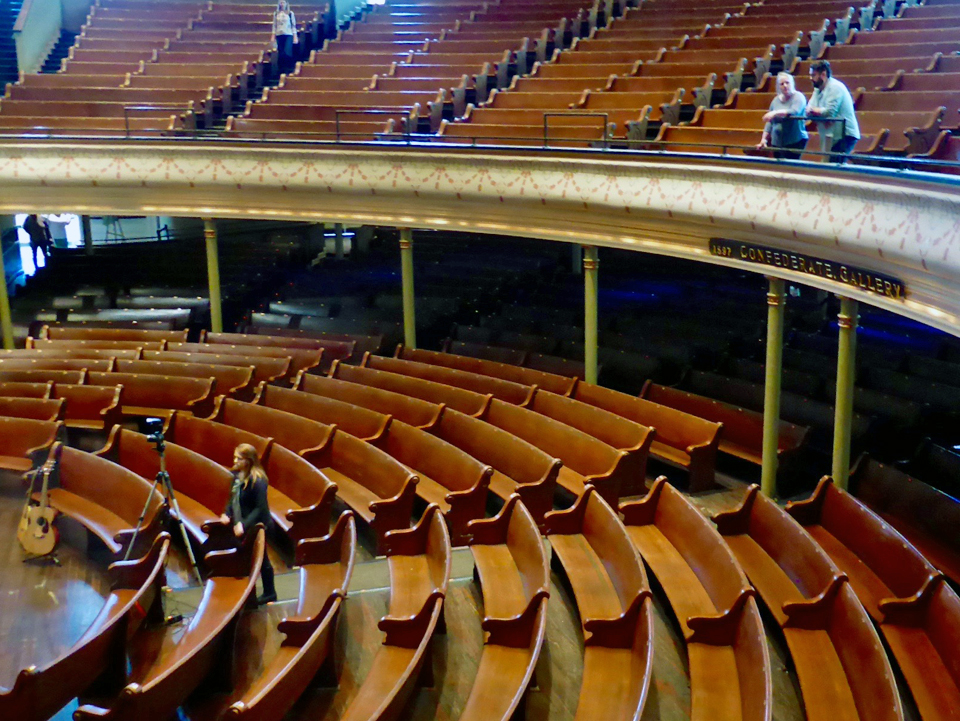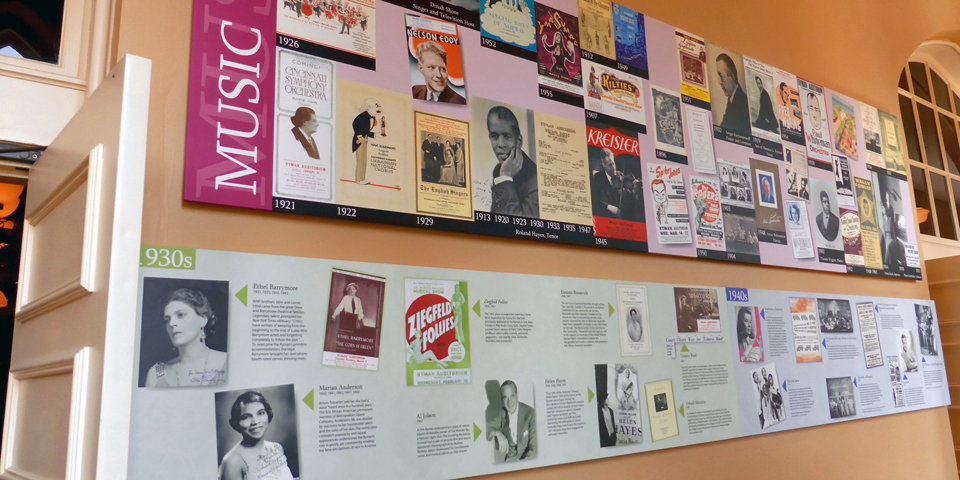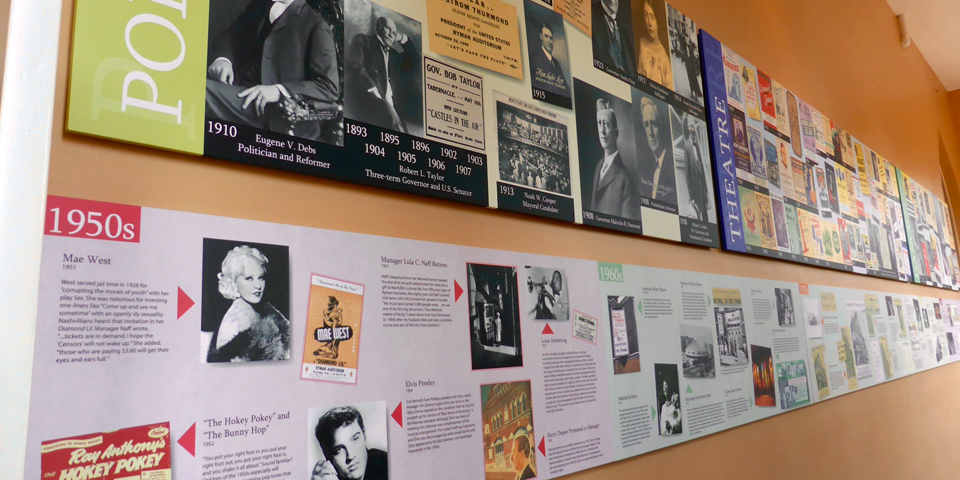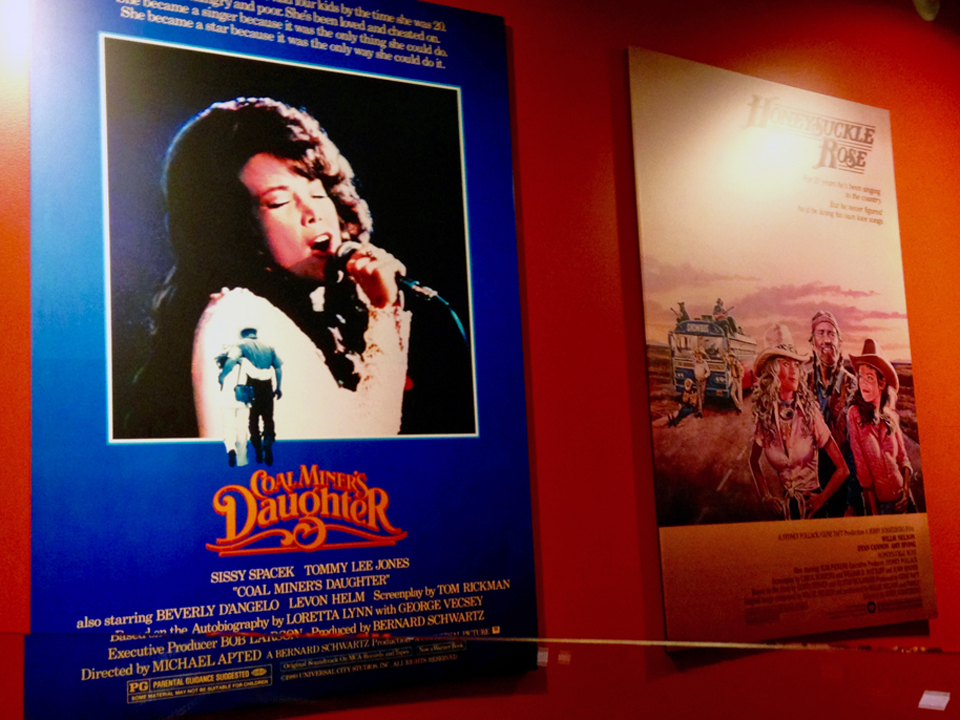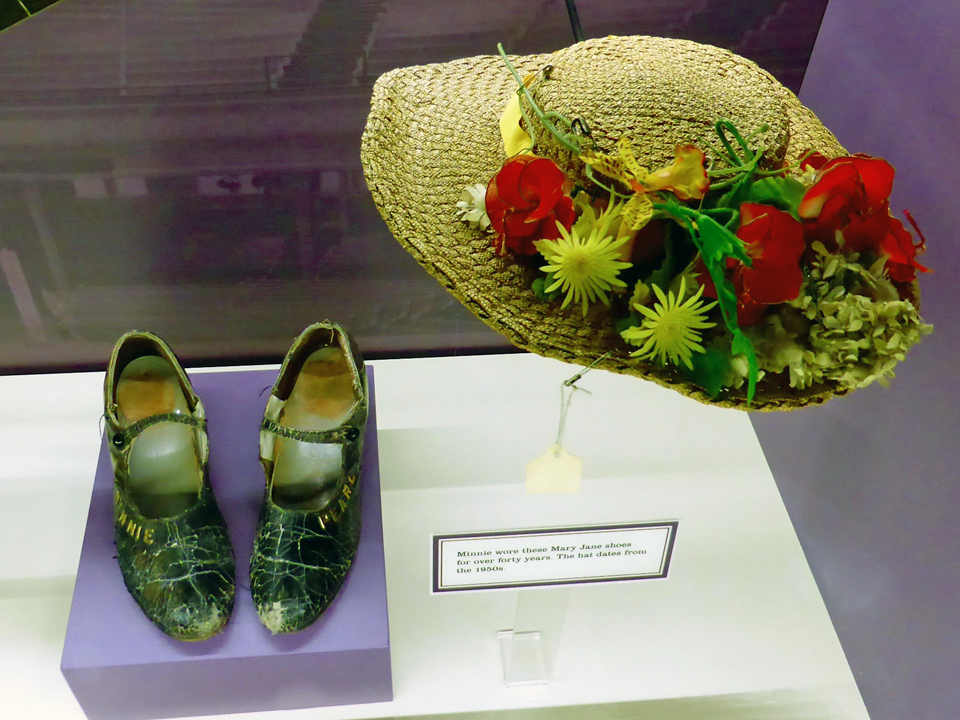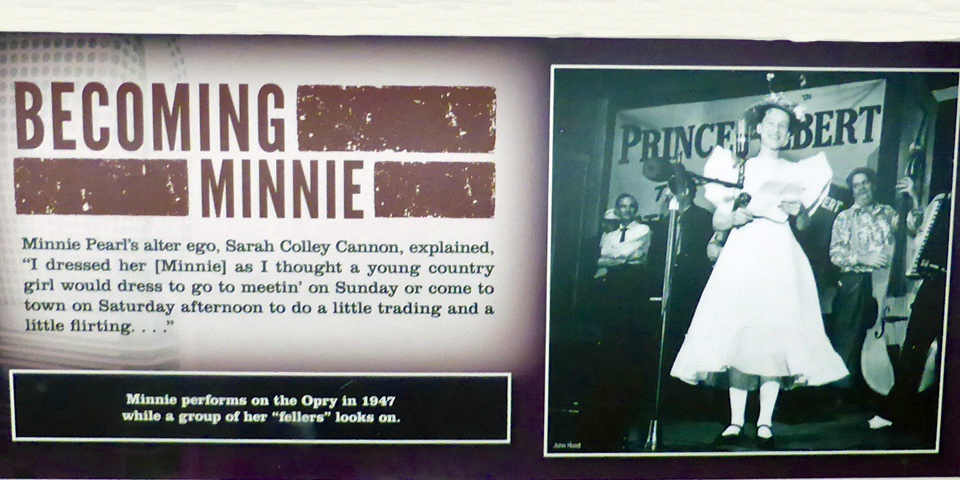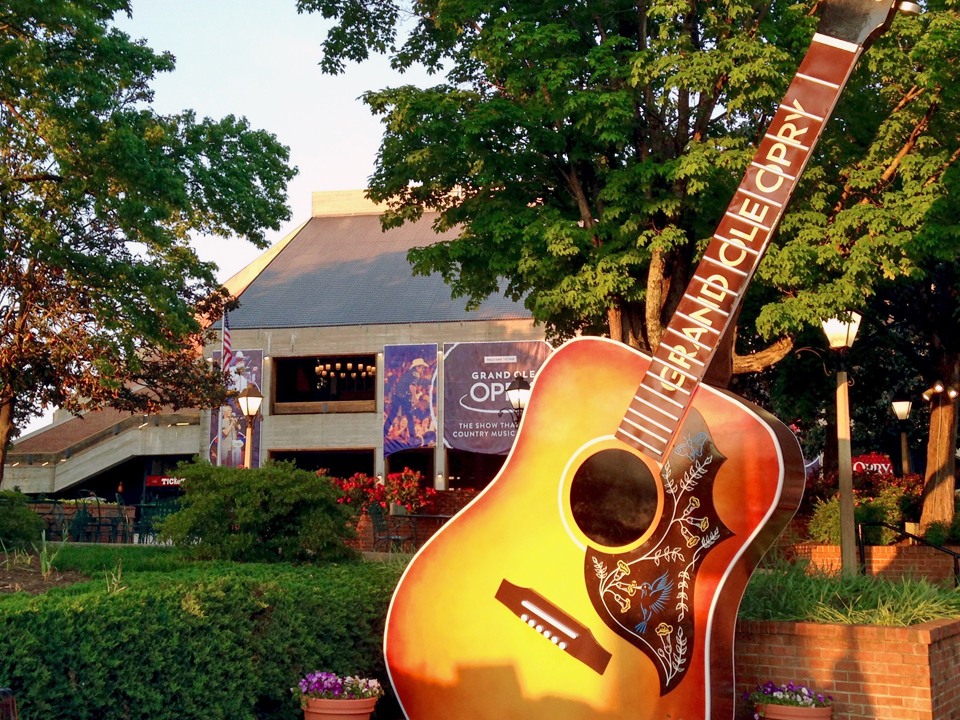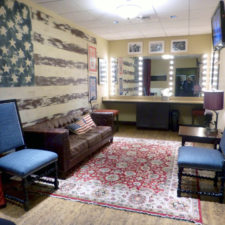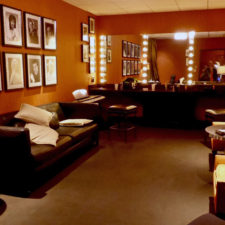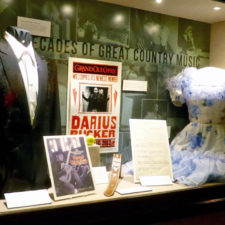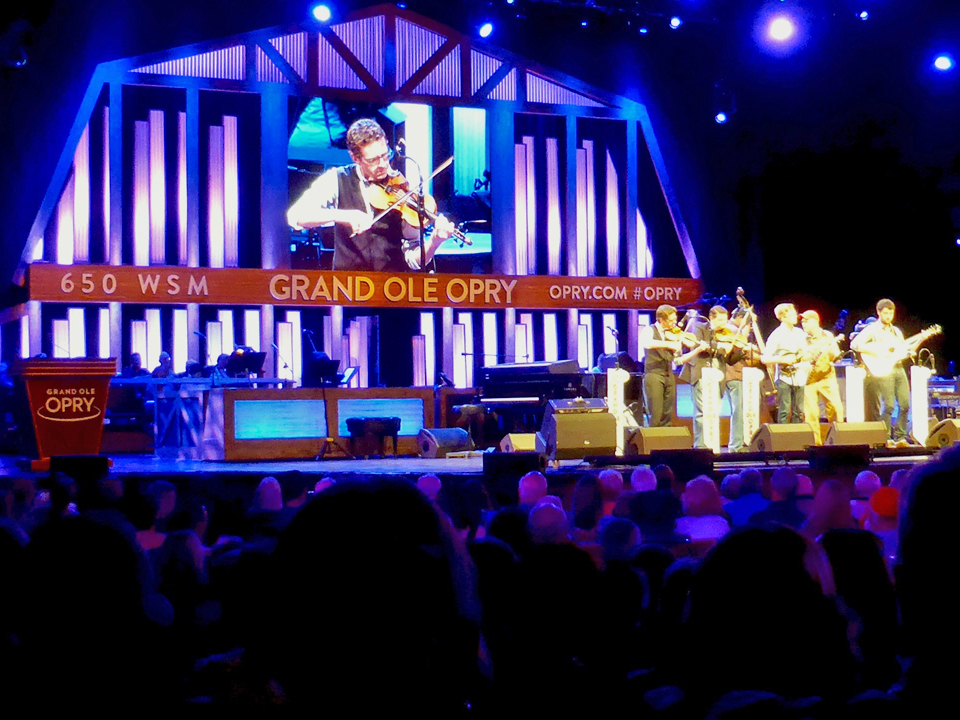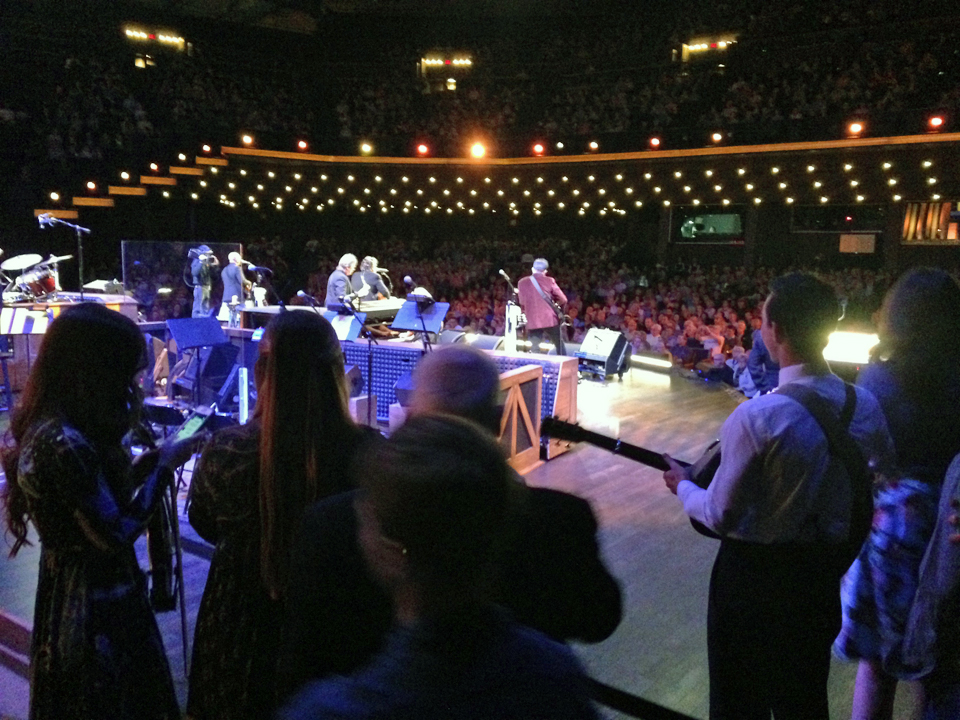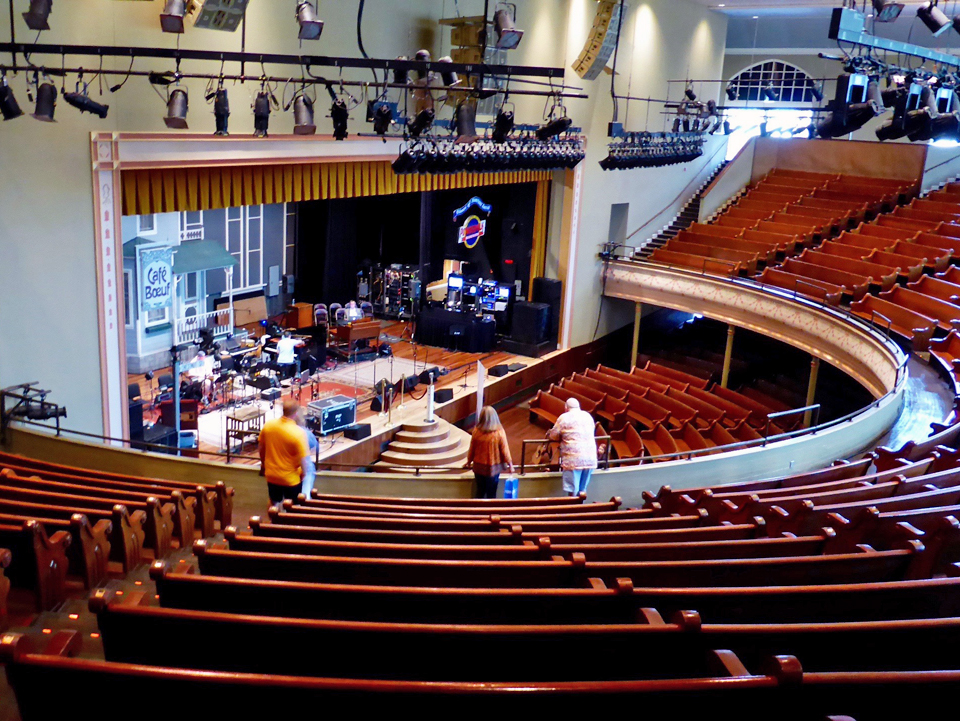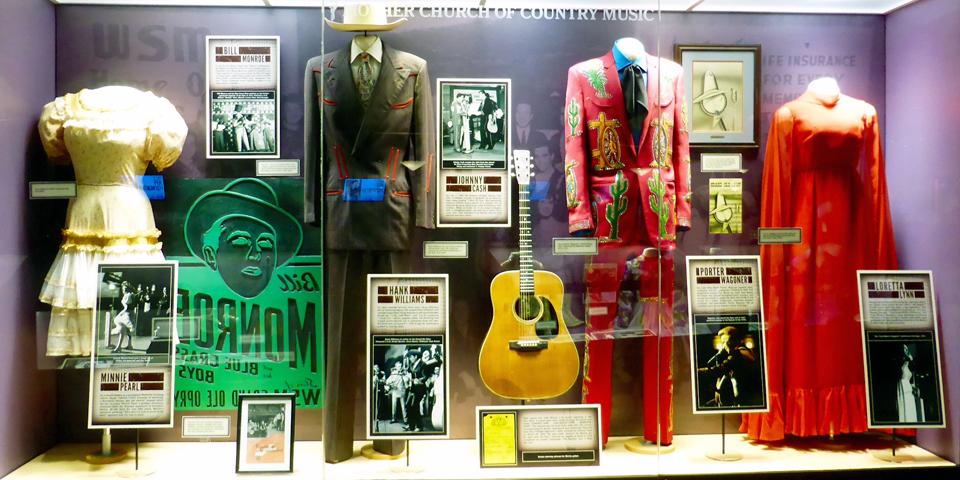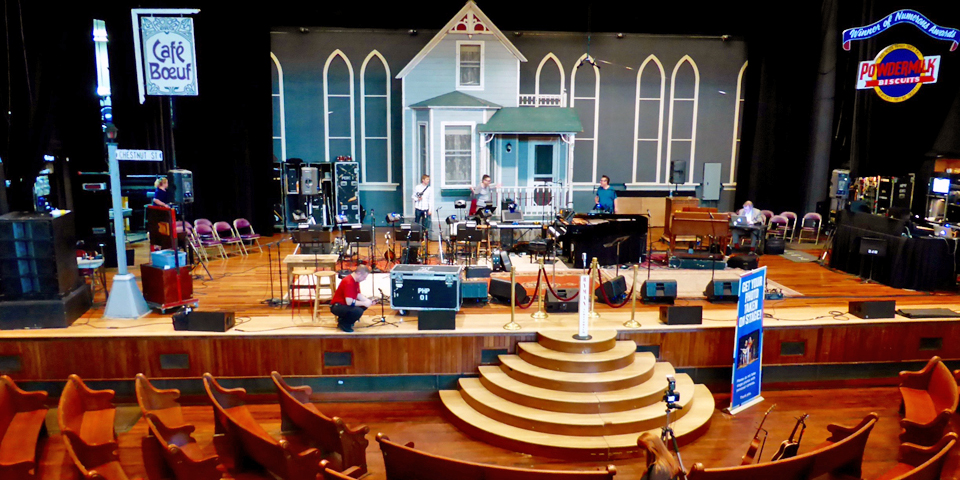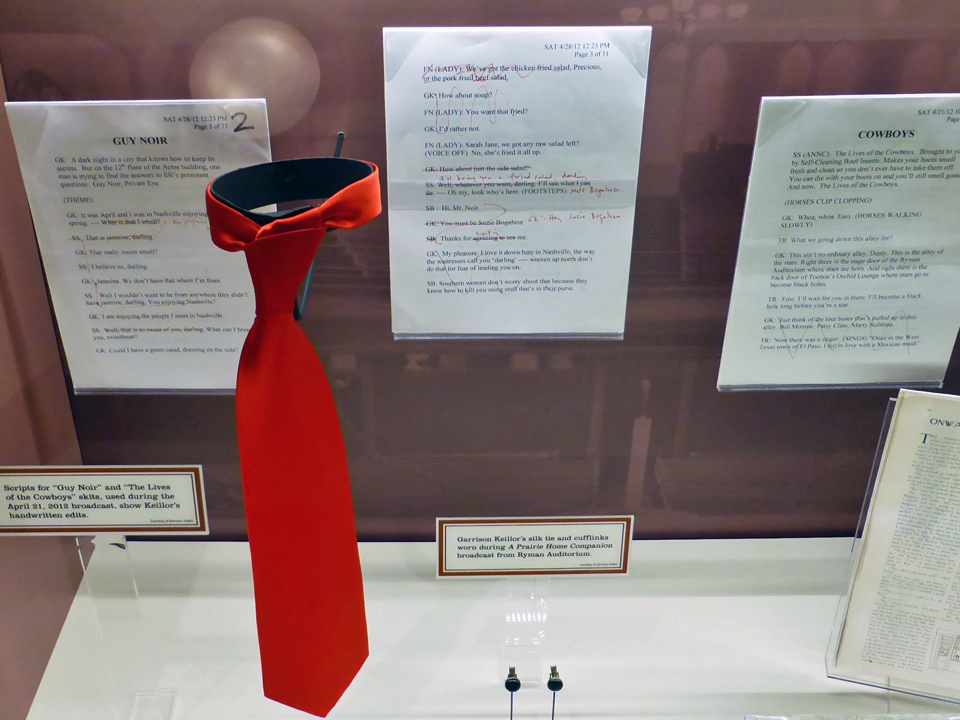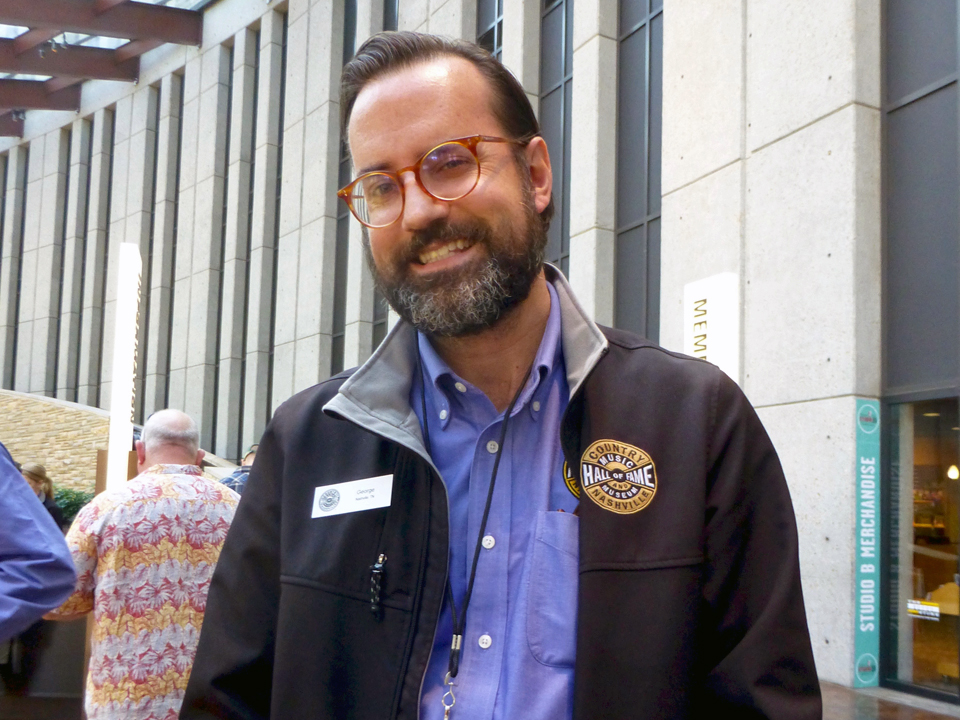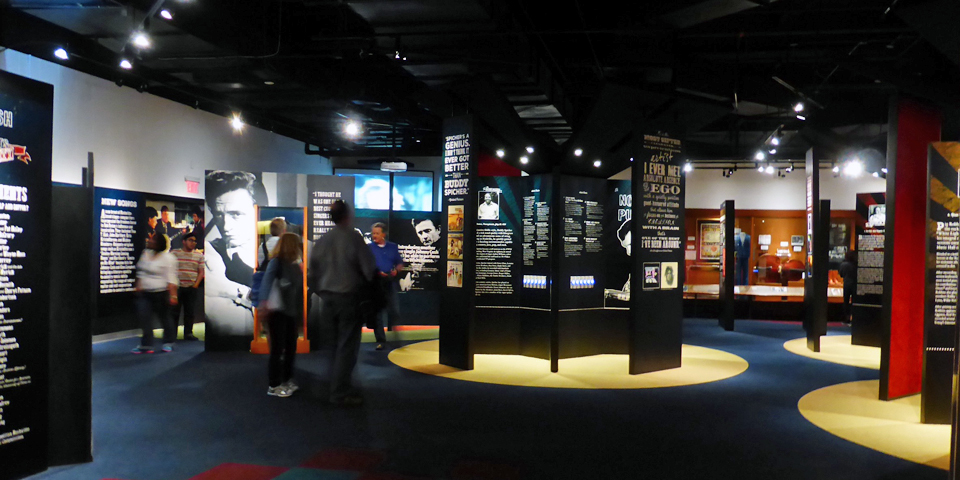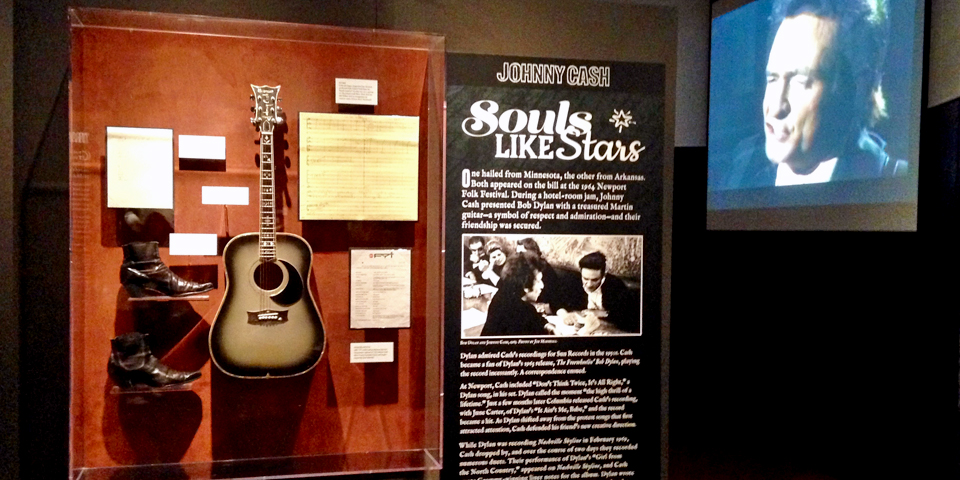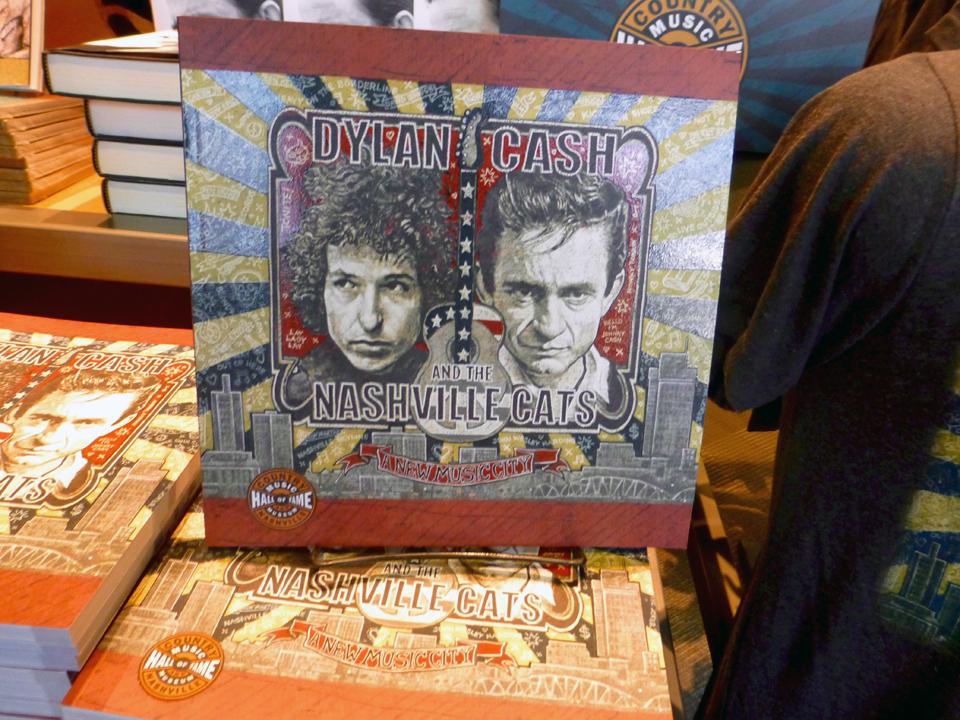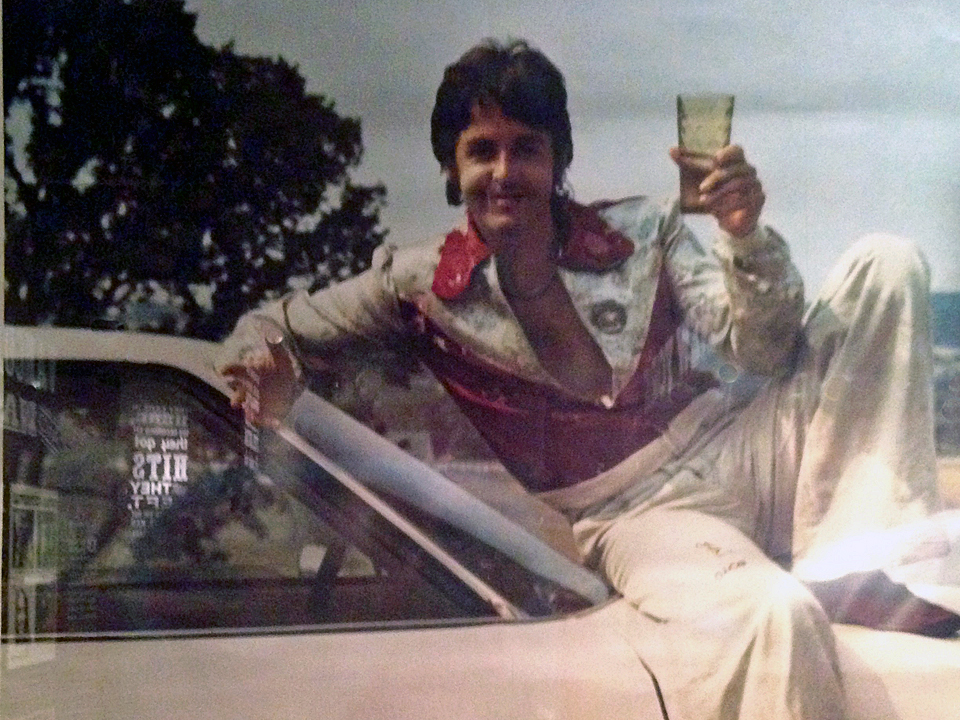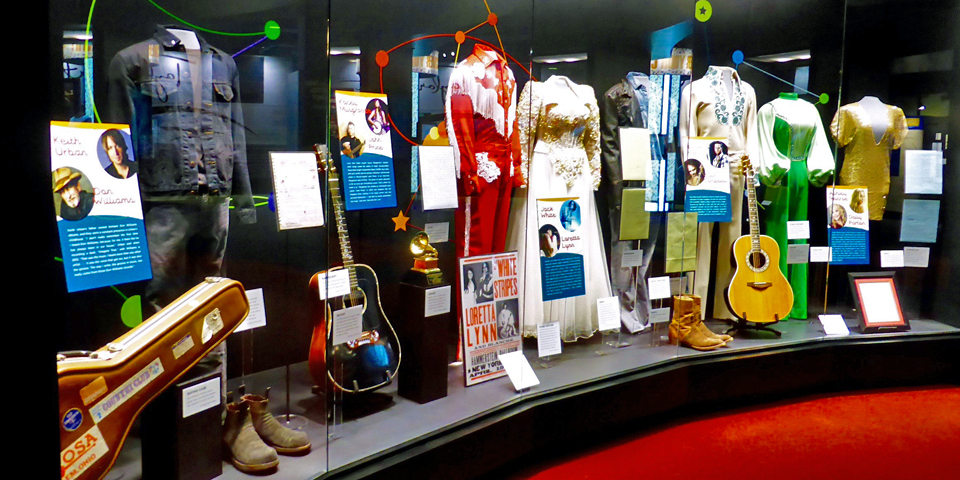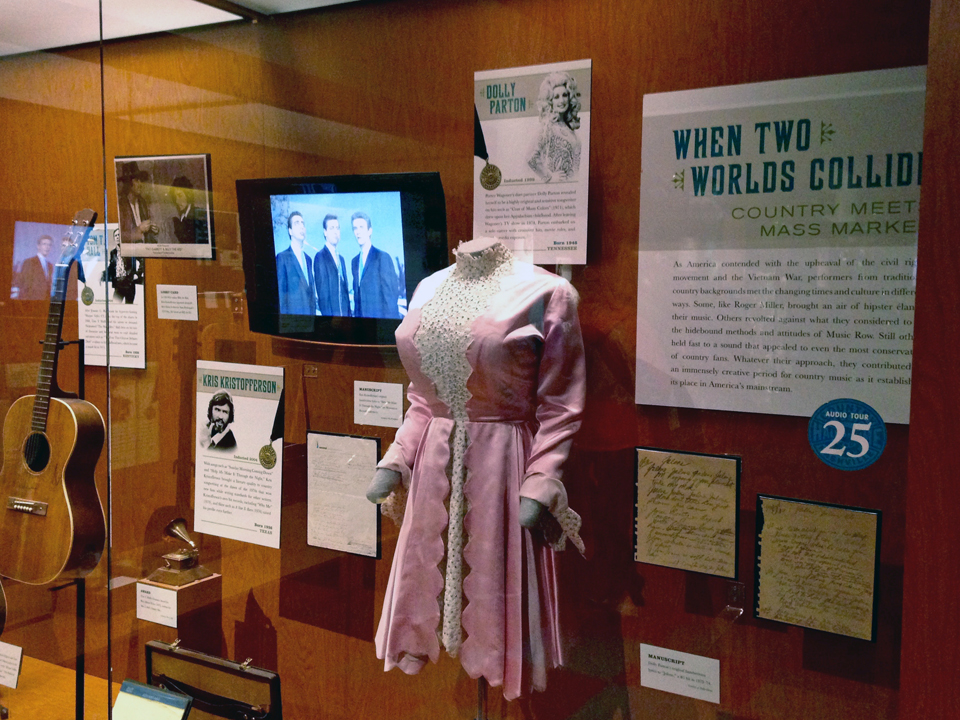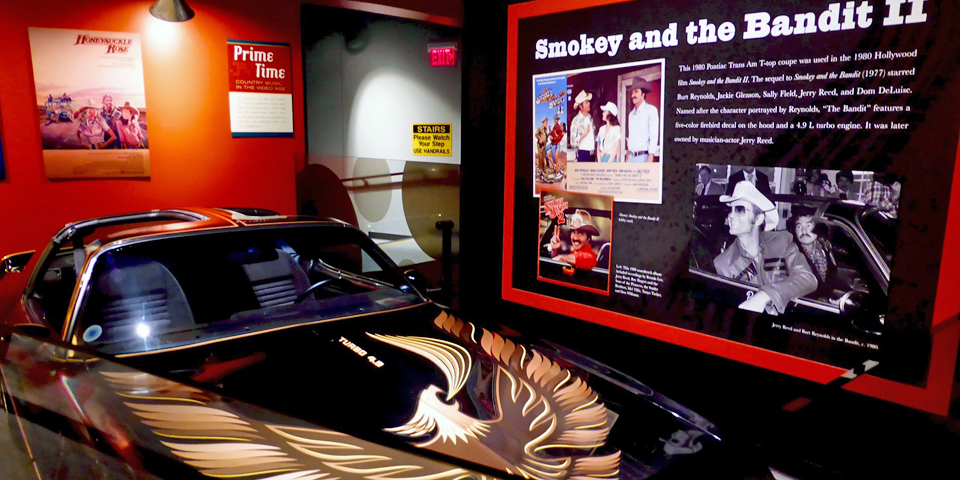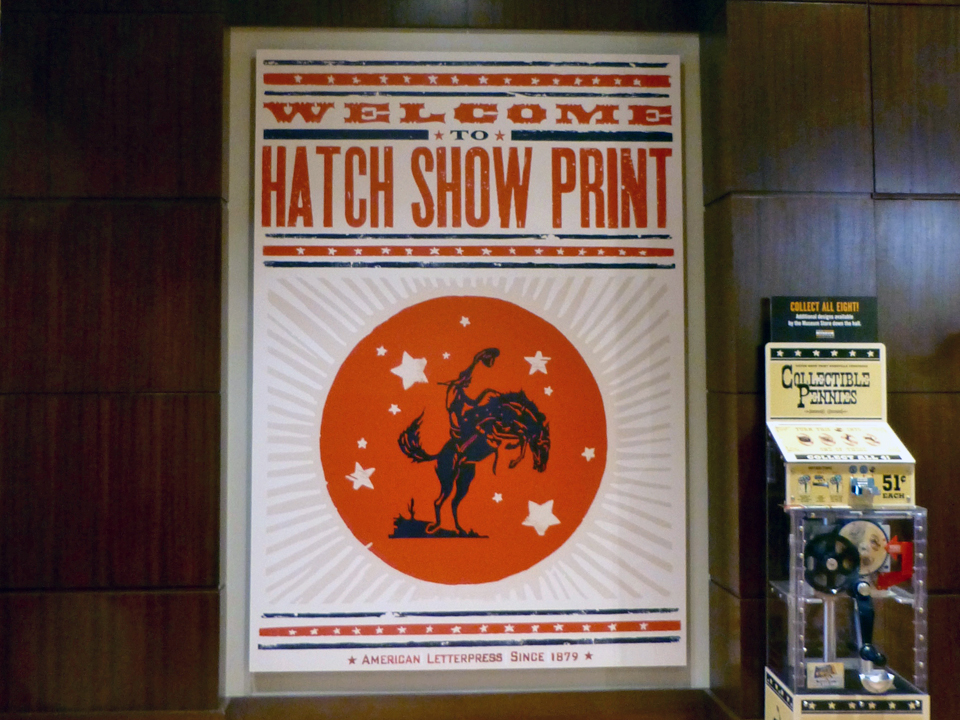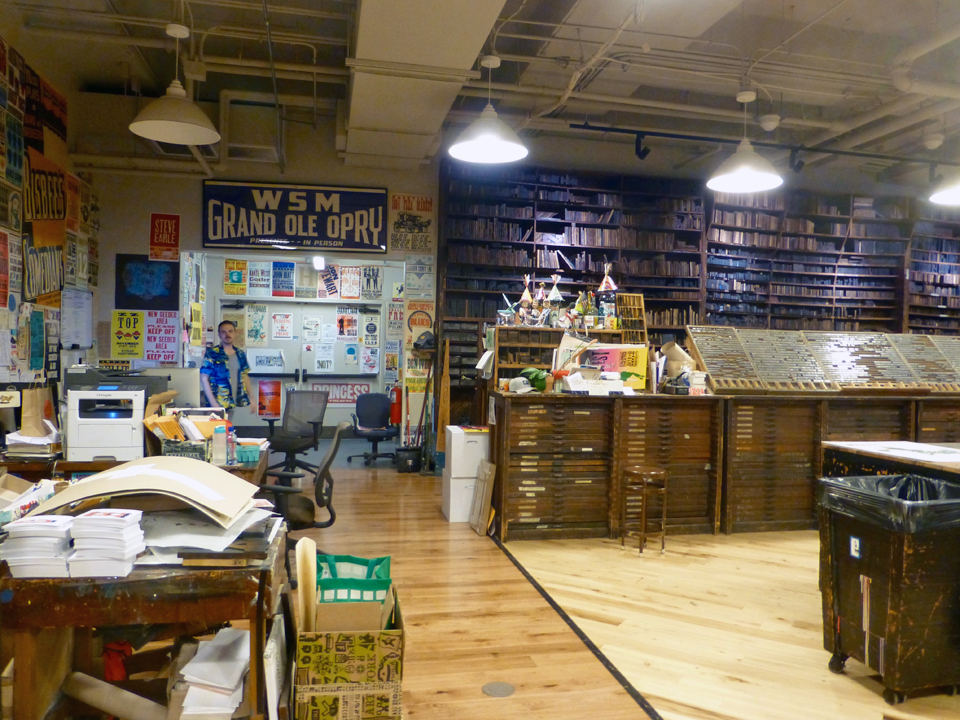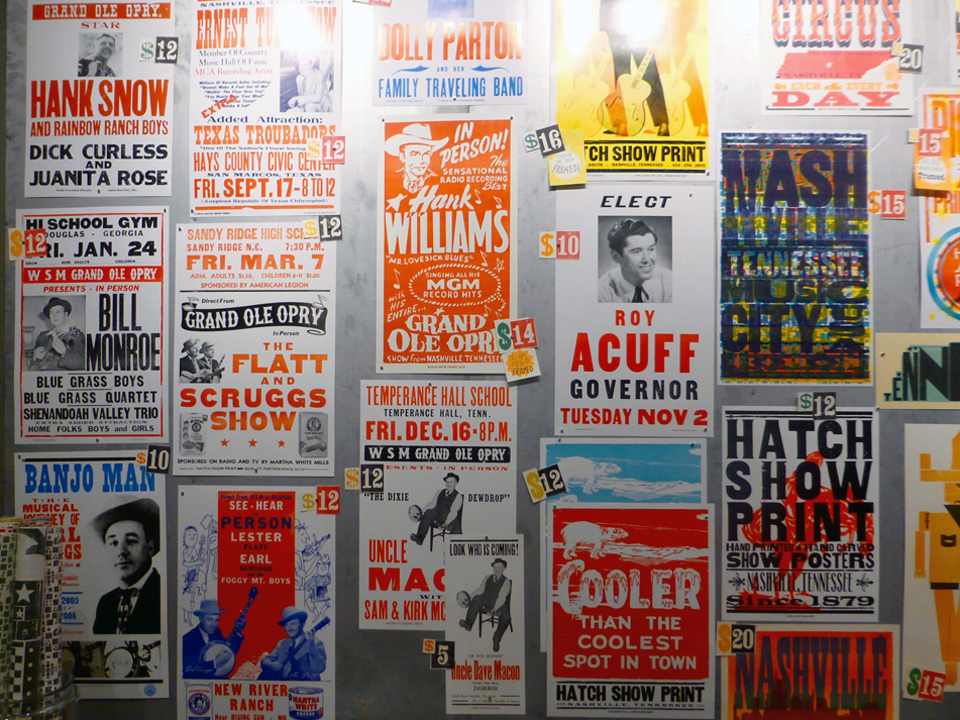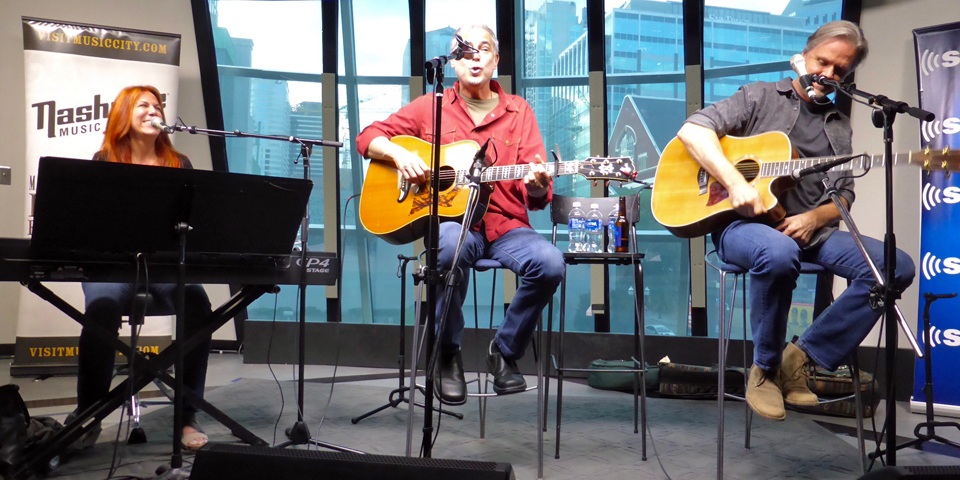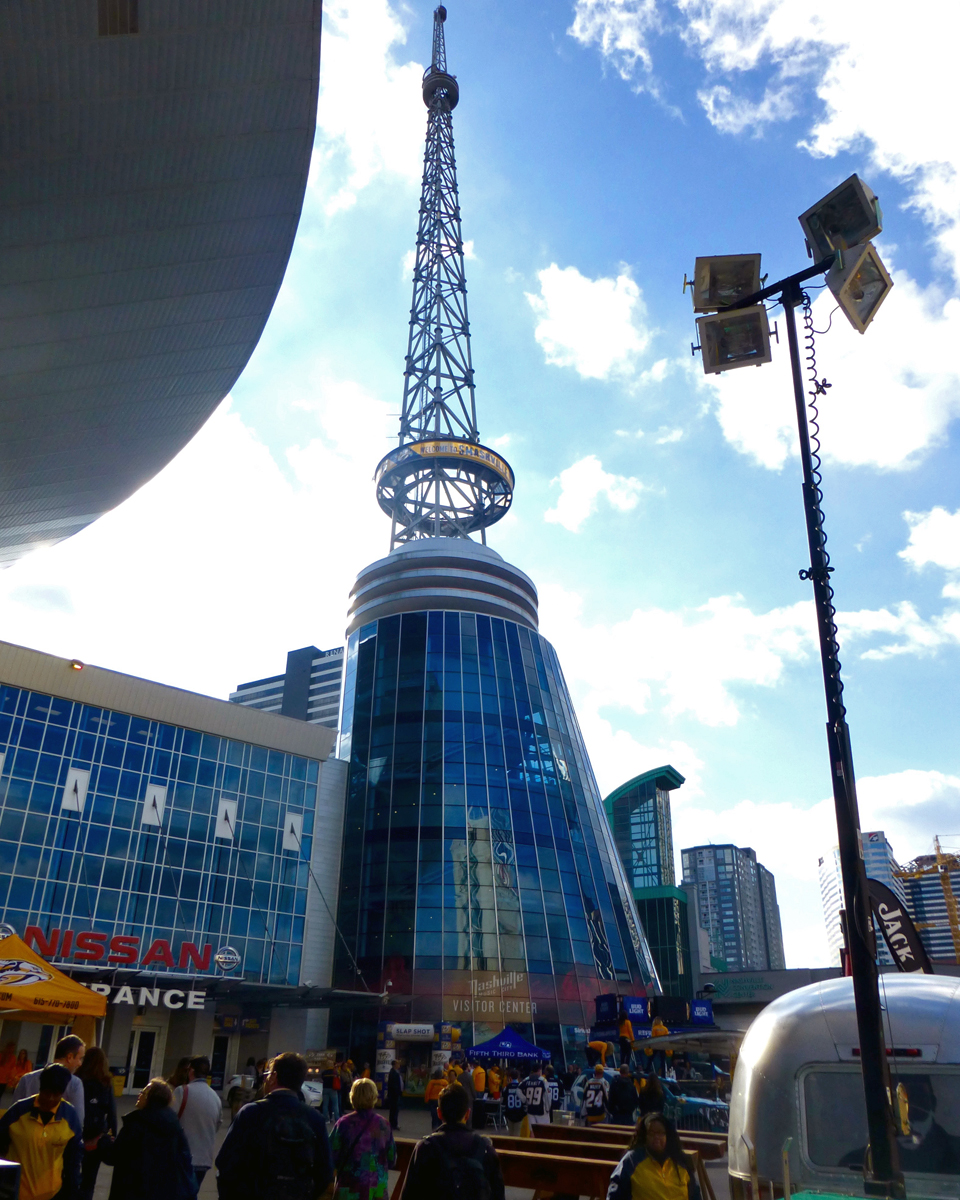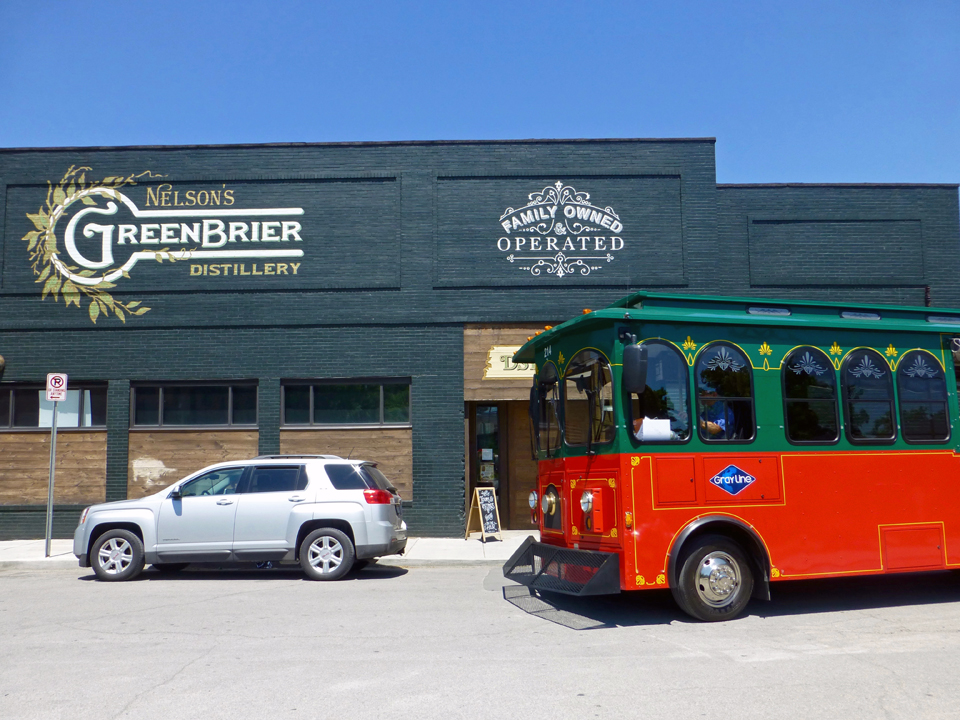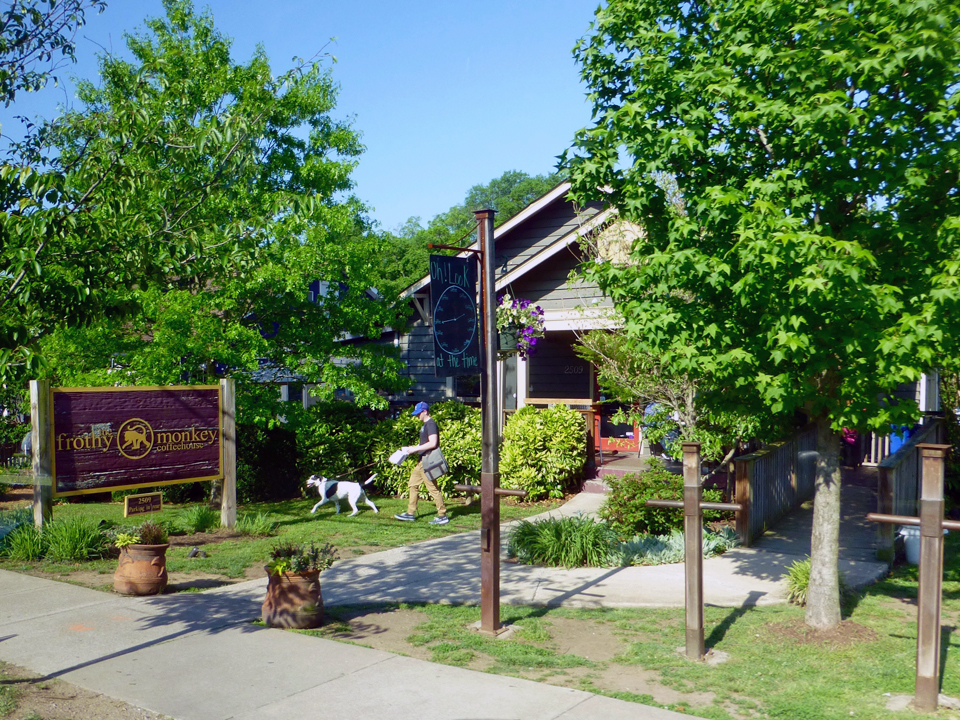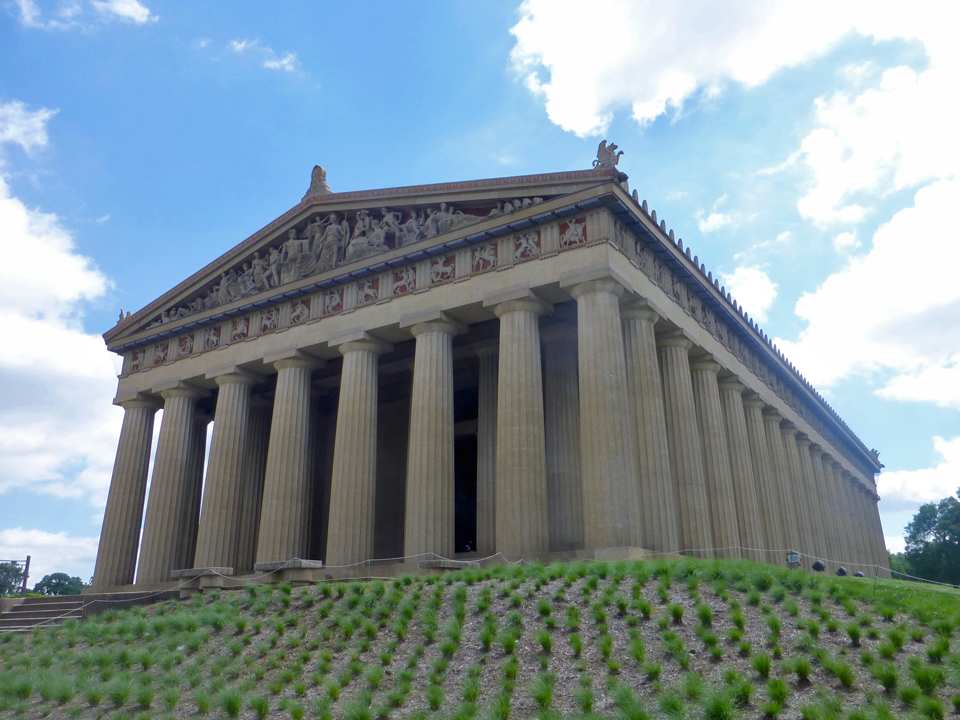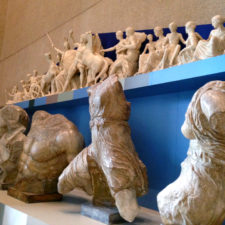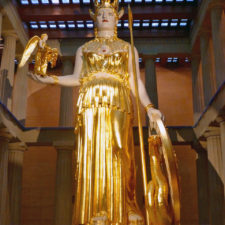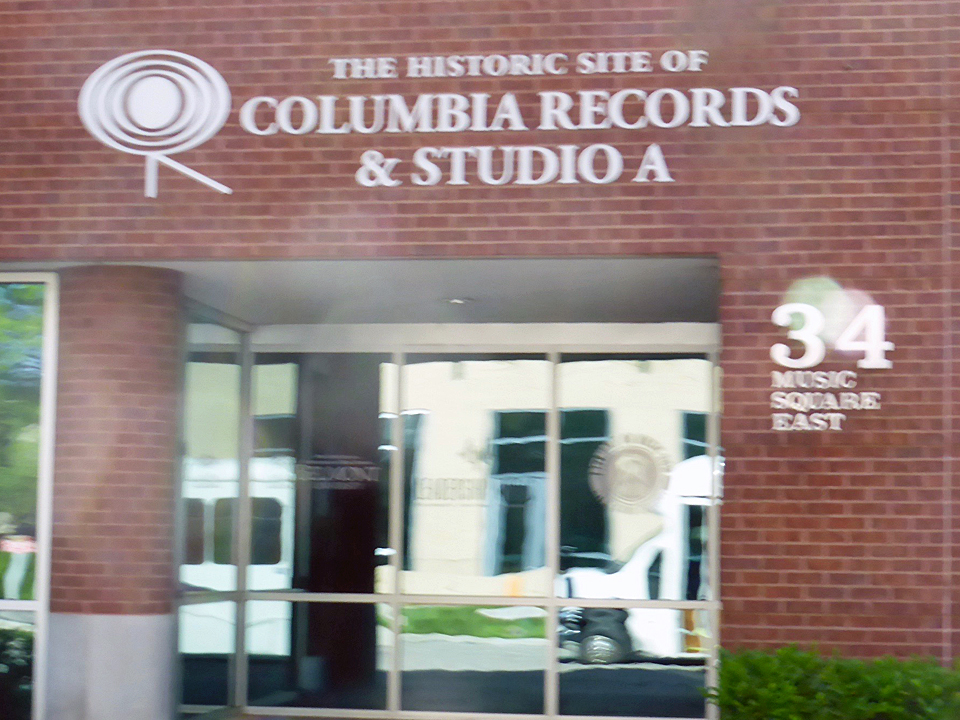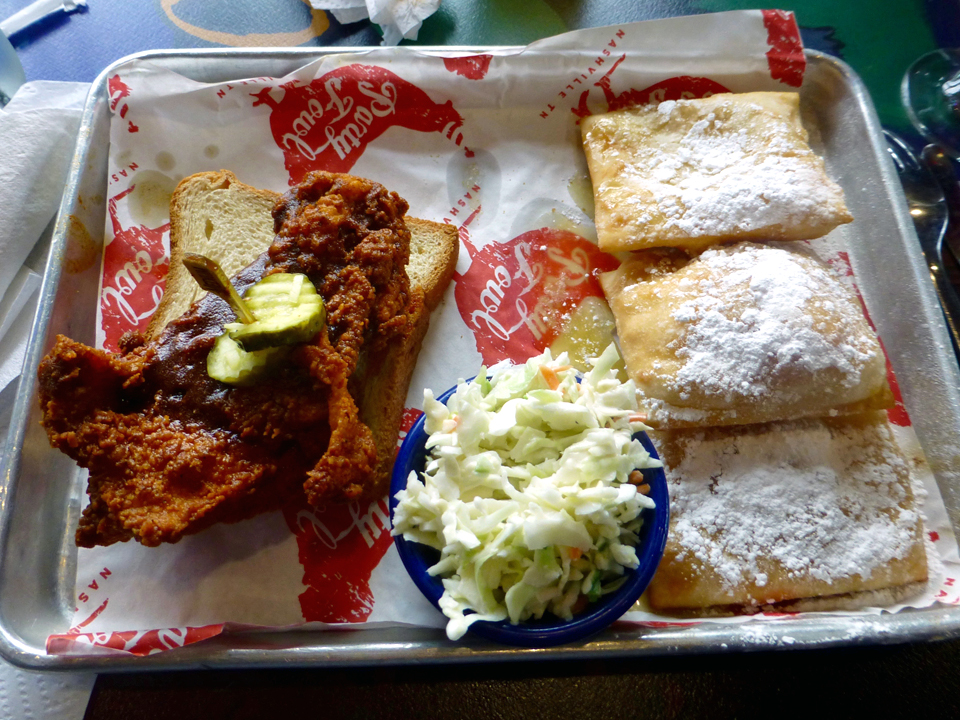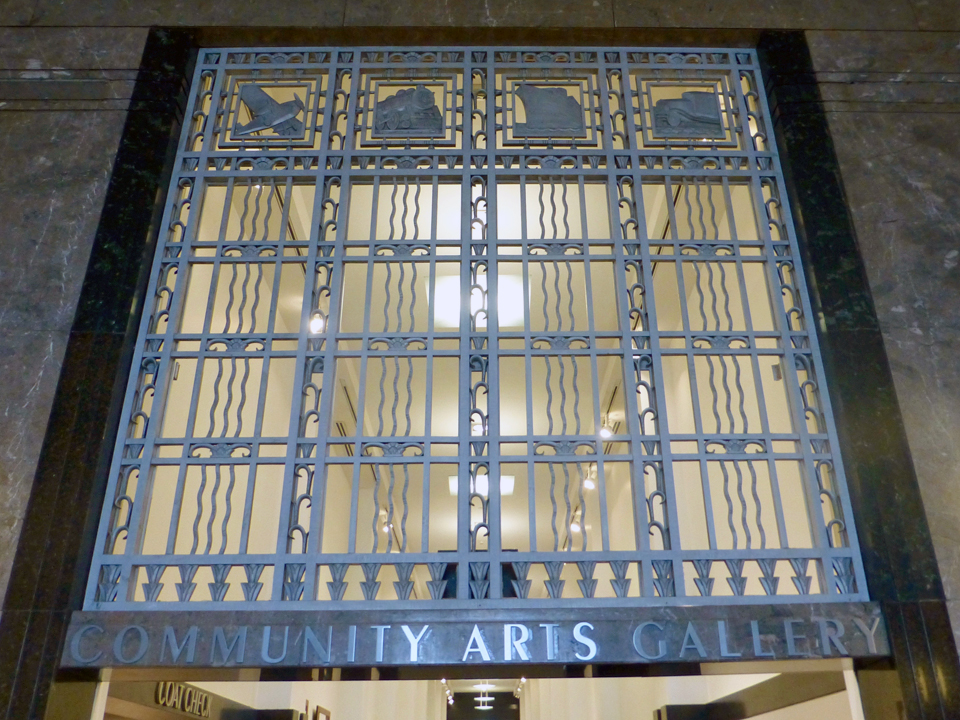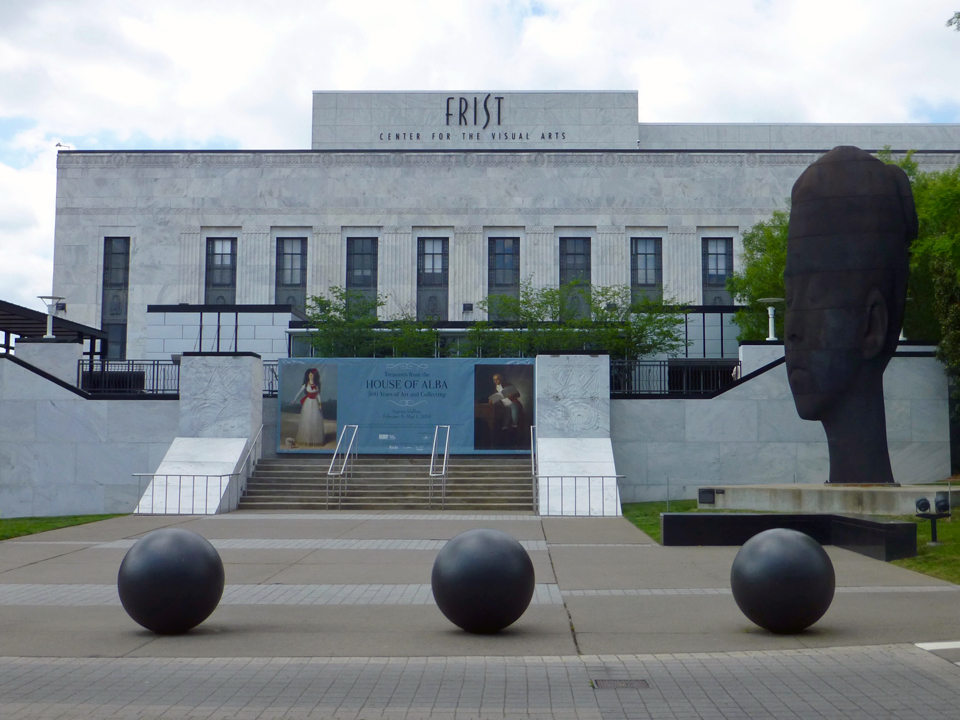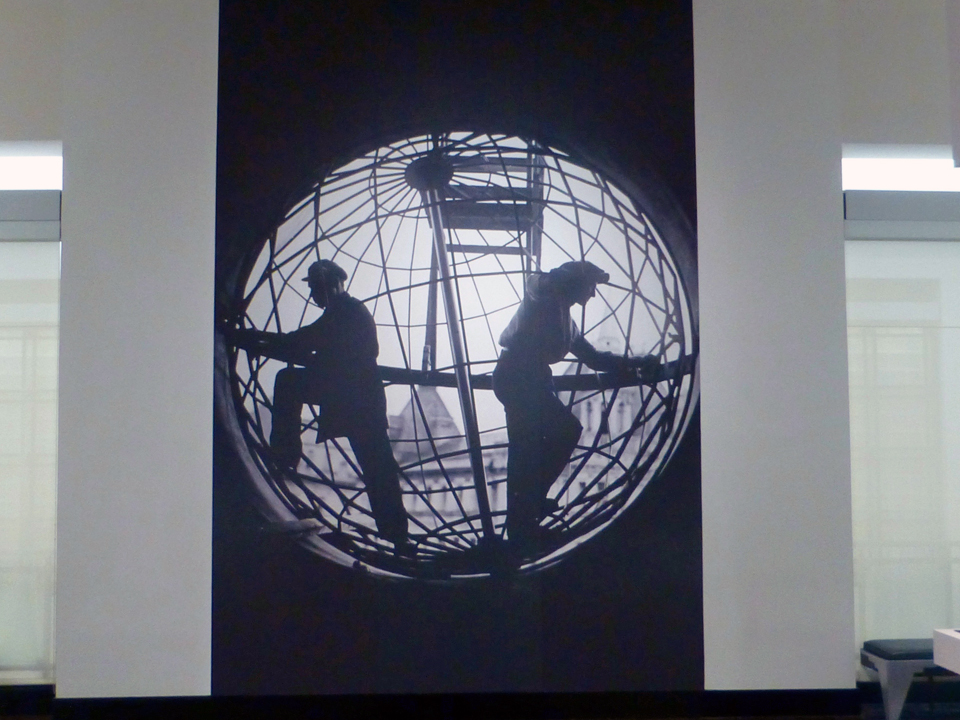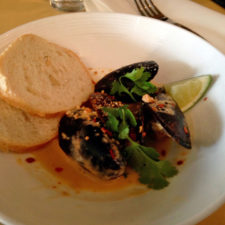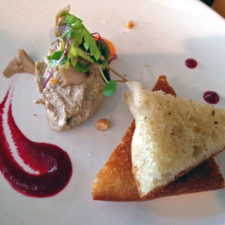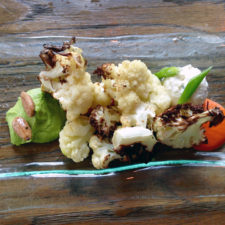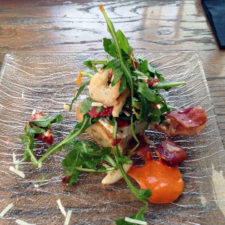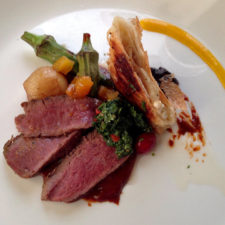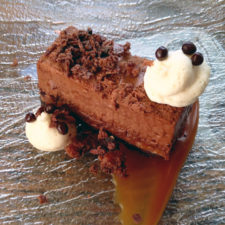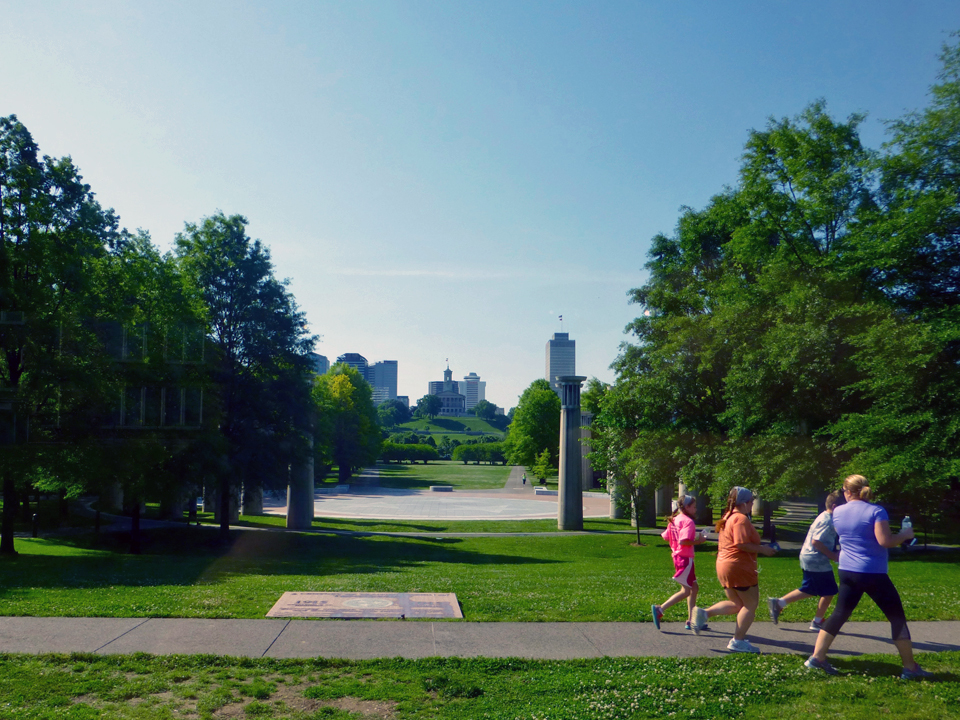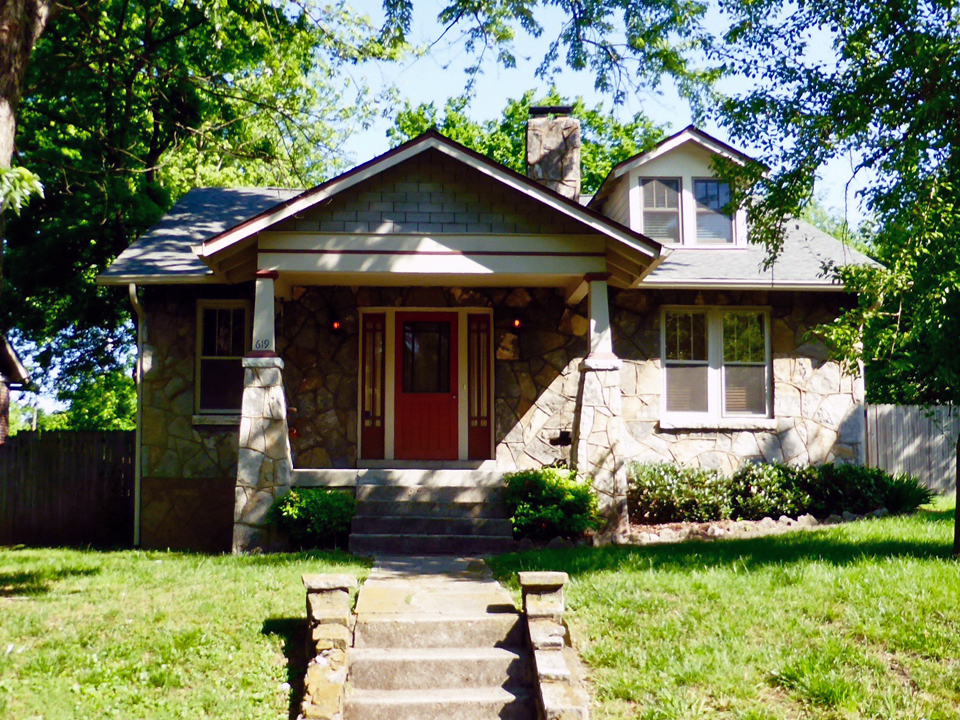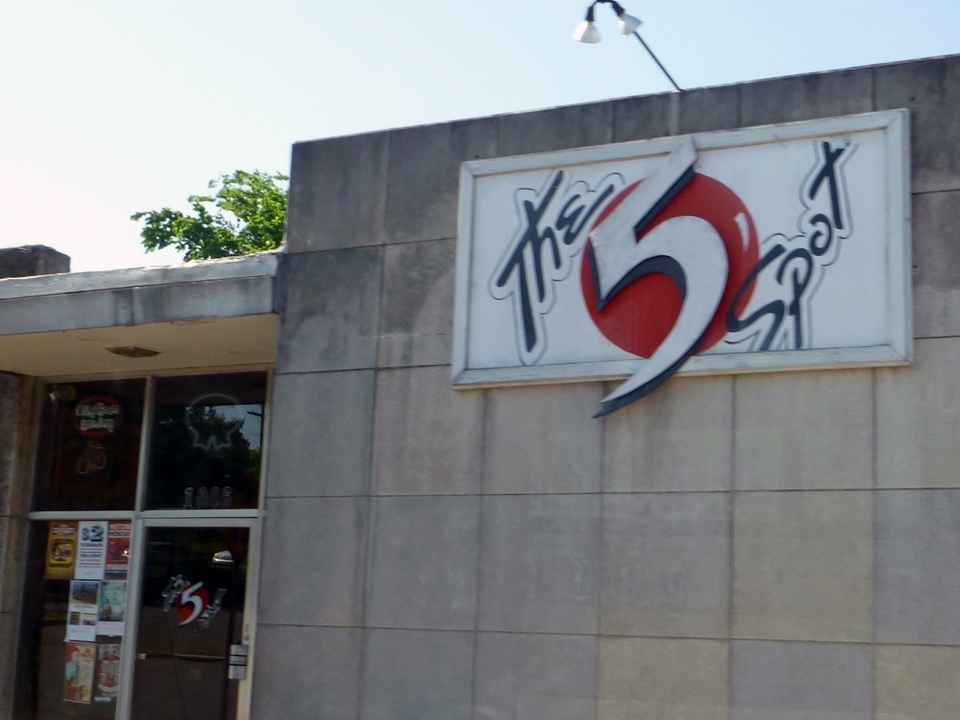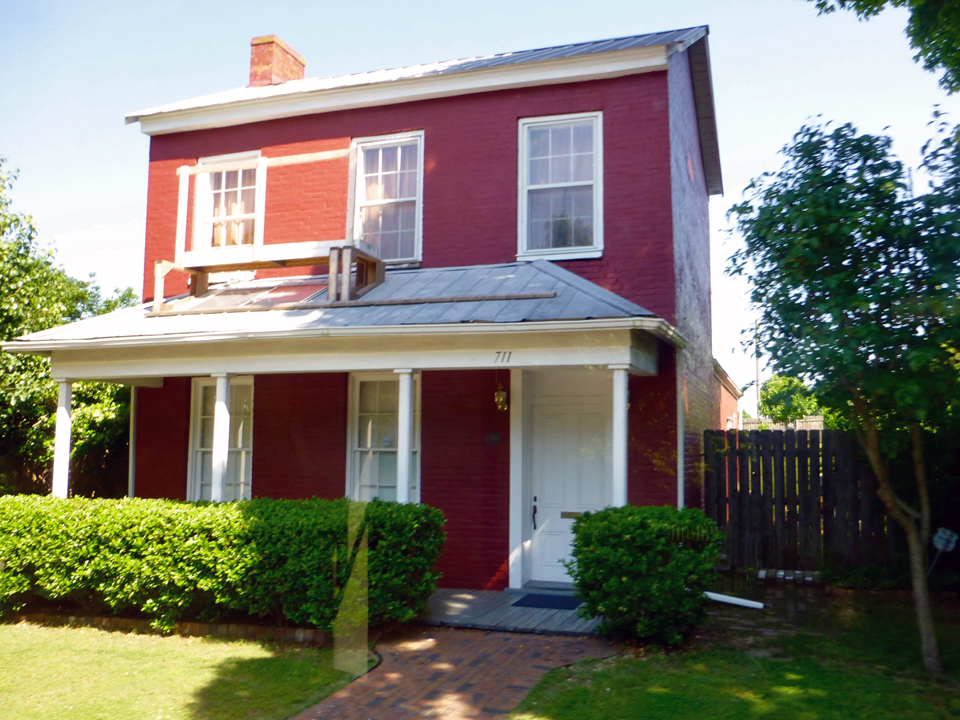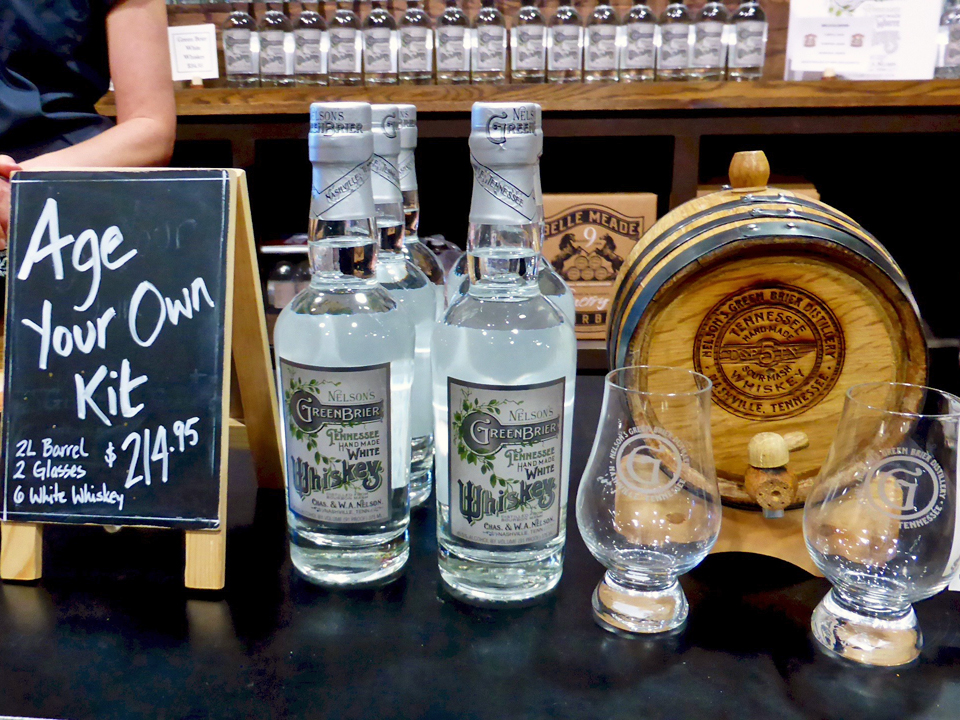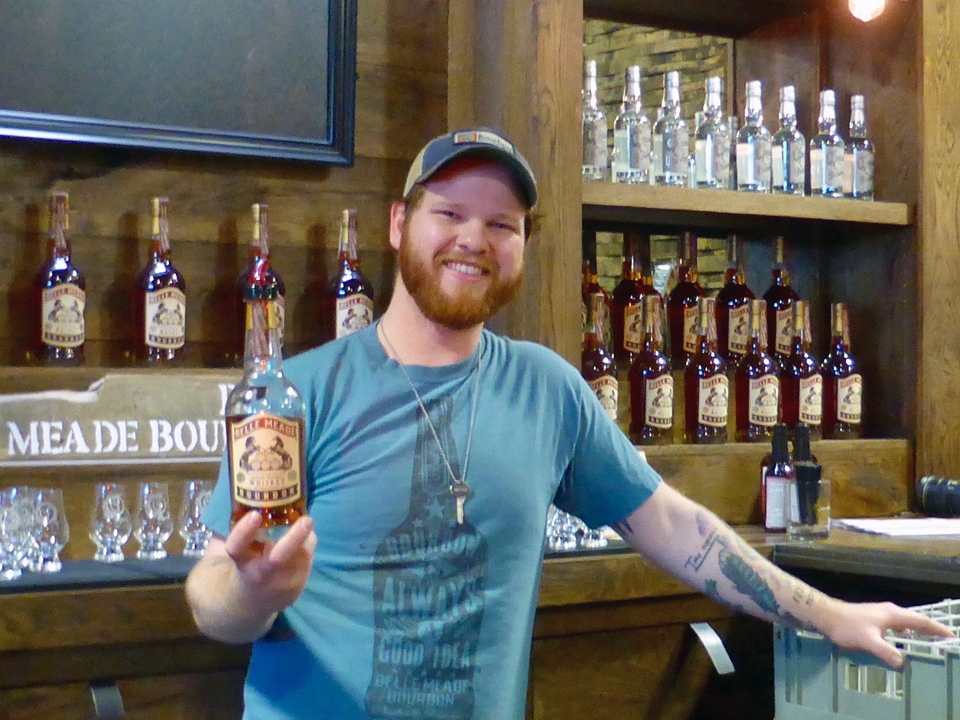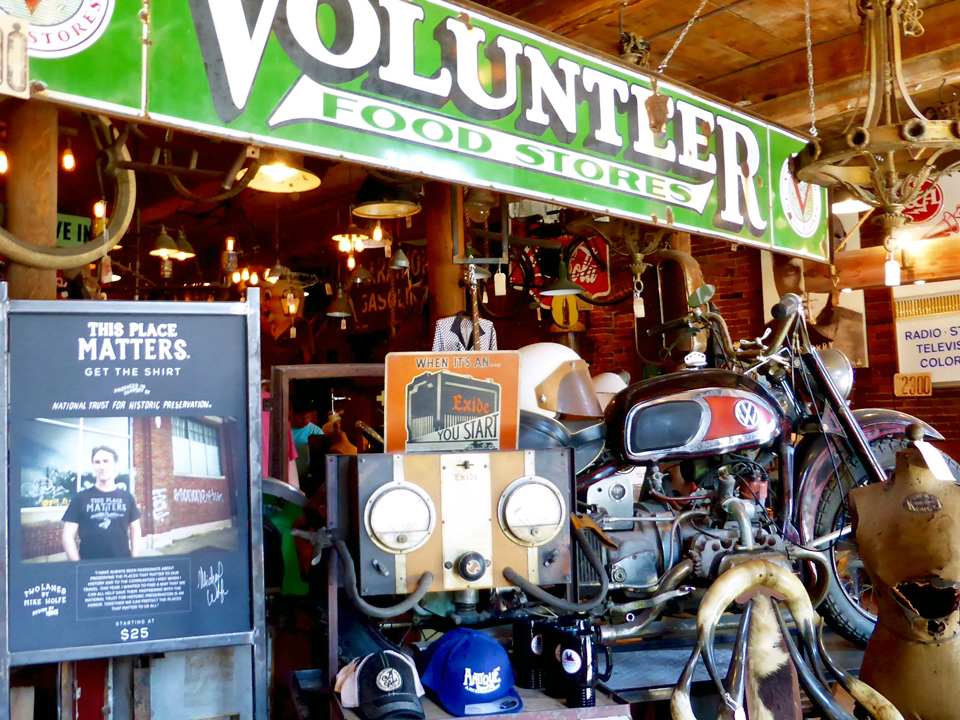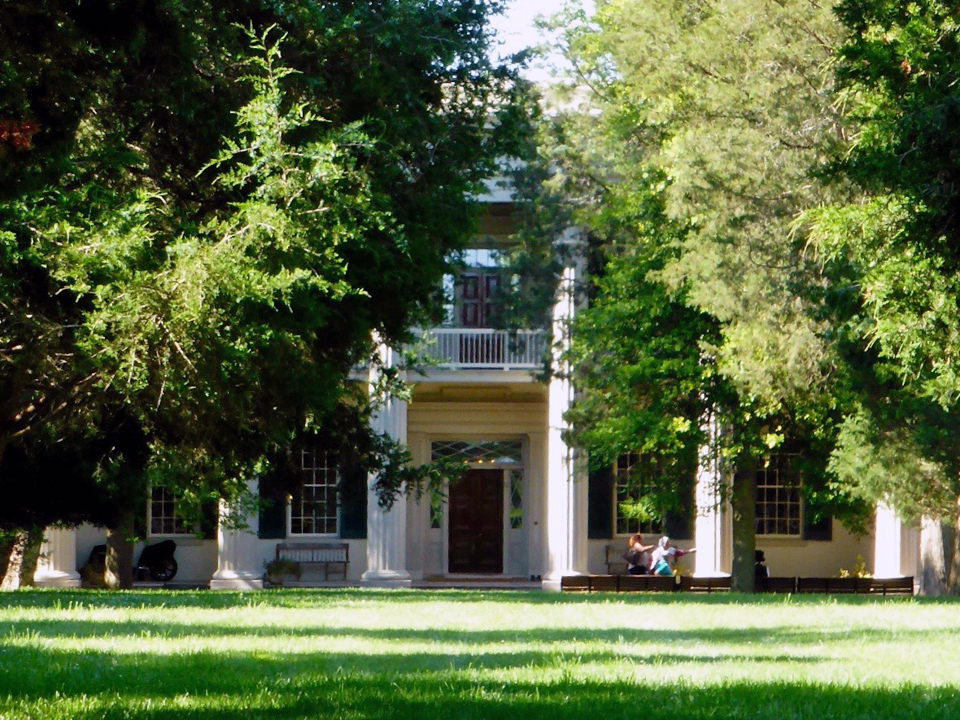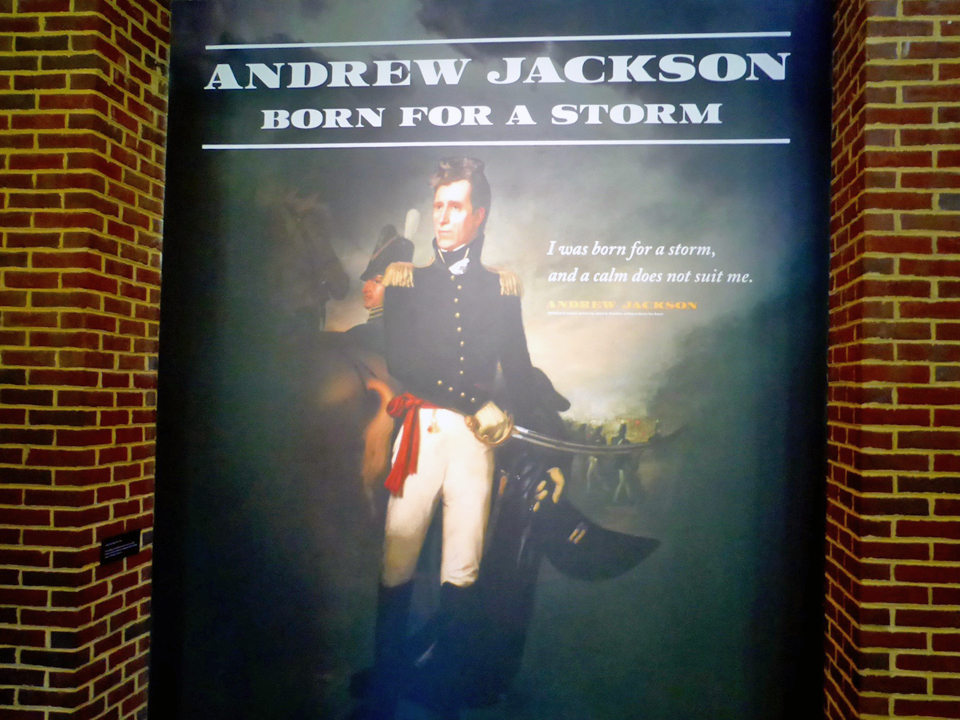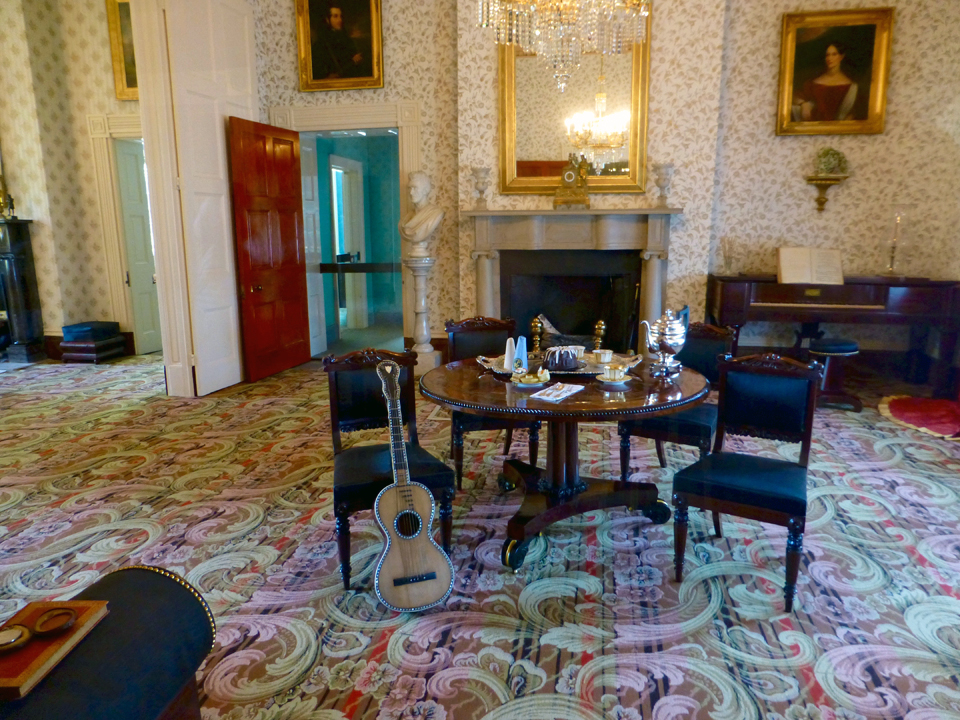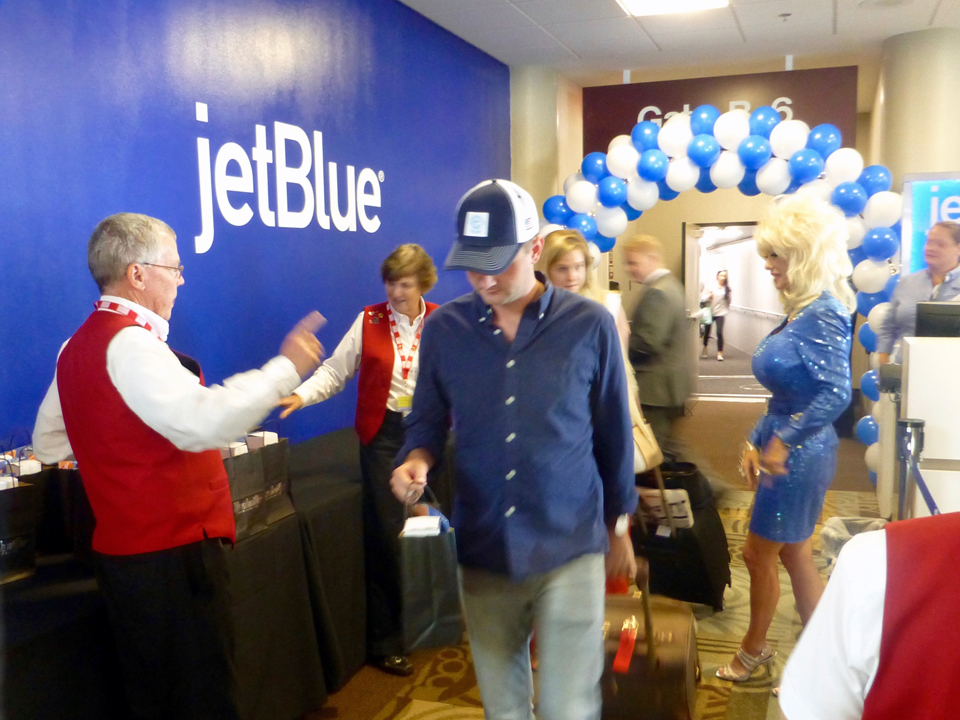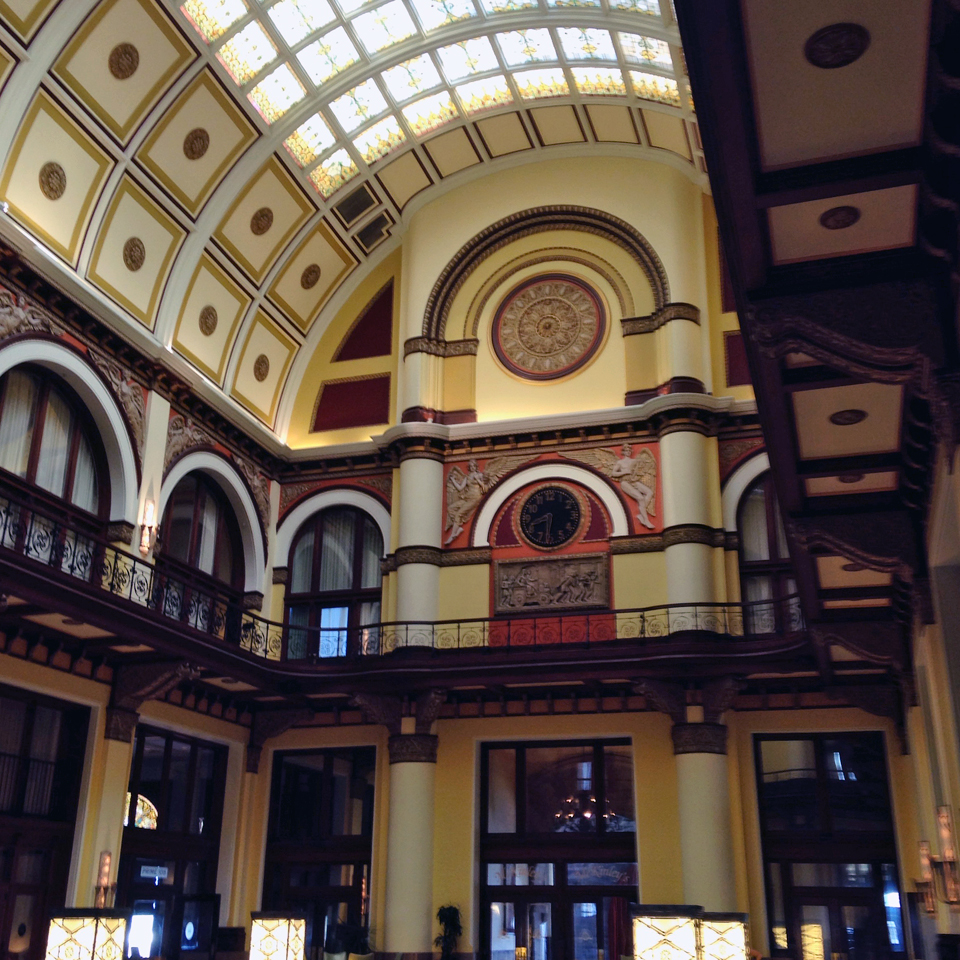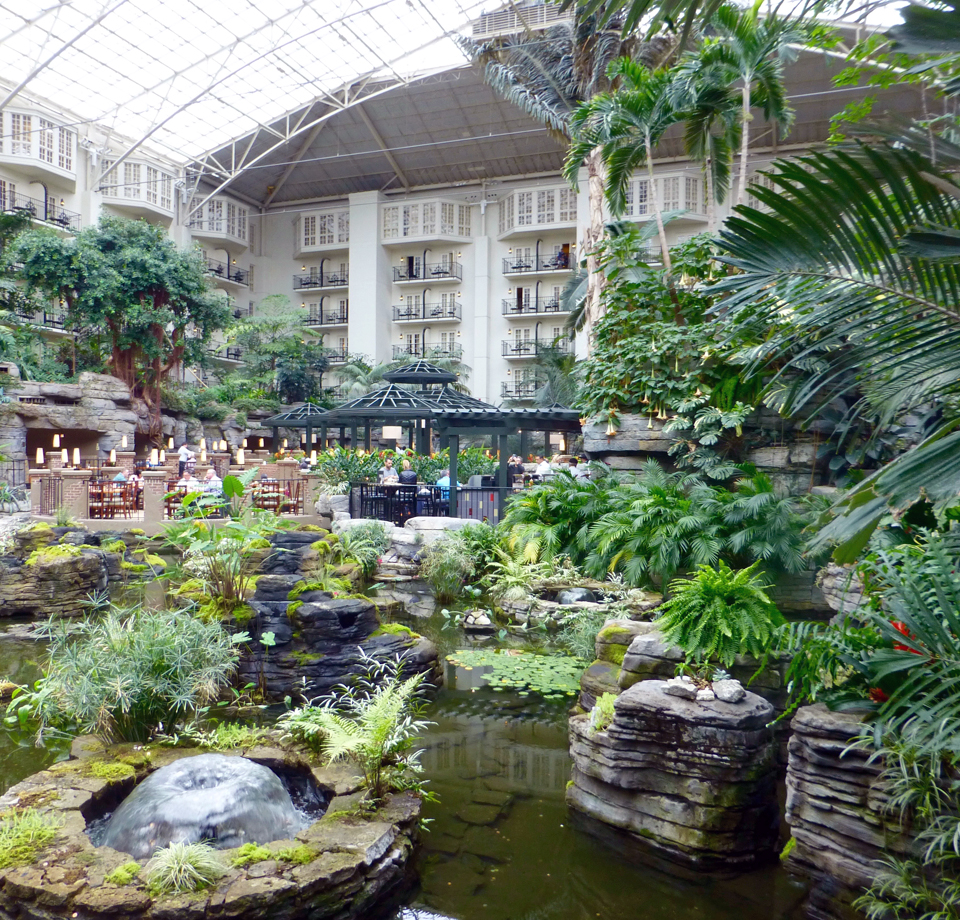Nashville: where the music never stops
view of Symphony Hall and AT&T’s “Batman Building”, from the Country Music Hall of Fame, Nashville
When we think of Nashville, the state capital and largest city in Tennessee, country music is the first thing that comes to mind.
Country Music Hall of Fame, Nashville
Its Grand Old Opry and the Country Music Hall of Fame are legendary.
Honky-Tonk Highway, Nashville
That spirit of Nashville is found by the neon lights of lower Broadway’s Honky-Tonk Highway. There is free live music there every day and night and the chance to catch the next rising star.
Second Fiddle, Honky-Tonk Highway, Nashville
Layla’s, Honky-Tonk Highway, Nashville
Kris Kristofferson and Willie Nelson are among those who launched their careers in the hunky-tonks. Keith Urban has shown up and sung in Nashville honky-tonks like Tootsie’s Orchid Lounge.
Nashville honky-tonk
Although country music reigns supreme, Music City has become the ultimate creative hub for songwriters, musicians, and recording of all genres.
Bridgestone Arena, Nashville
The pulsating rhythm of the downtown scene also includes the Bridgestone Arena, where performers range from the Dixie Chicks to Cirque du Soleil.
Bridgestone Arena, Nashville
Classical, pops, jazz performance are held in one of America’s finest concert halls, Schermerhorn Symphony Center.
Schermerhorn Symphony Center, Nashville
The heart of it all is the Ryman Auditorium. It was built in the 1880s after steamboat entrepreneur and “King of the River” Thomas G. Ryman was inspired by fire and brimstone evangelist Reverend Sam Jones to find salvation and save souls by building a grand place of worship.
Thomas G. Ryman at the helm,Ryman Auditorium, Nashville
depiction of the Tabernacle at Ryman Auditorium, Nashville
Reverend Sam Jones, Ryman Auditorium, Nashville
“King of the River”, Thomas G. Ryman, Ryman Auditorium, Nashville
The Union Gospel Tabernacle was completed in the popular Ruskinian Gothic style in 1892 at a cost of $100,000, equivalent to nearly $3 million today. When Ryman died it was renamed in his honor.
painting of earlier days at the Ryman Auditorium, Nashville
This was Nashville’s largest gathering place and this “Soul of Nashville” became the venue for events and entertainment from political rallies to the Metropolitan Opera. The balcony that was added in 1897 to accommodate a Confederate veterans’ convention is still called “The Confederate Gallery.”
Confederate Balcony, Ryman Auditorium, Nashville
Big name talent like Will Rogers, John Philip Sousa, Enrico Caruso, Harry Houdini, Charlie Chaplin, Anna Pavlova, Katharine Hepburn, Bob Hope, Roy Rogers and Dale Evans, and Mae West performed here.
Ryman Auditorium, Nashville
Songs like “The Hokey Pokey” and “The Bunny Hop” were originally recorded at the Ryman, where the acoustics are so impressive that it was known as the Carnegie Hall of the South. The Ryman continues to attract top performers and to be used for television and film productions.
Ryman Auditorium, Nashville
The Ryman was the site of television broadcasts of the Opry in the 1950s and the “Johnny Cash Show” in the 1960s. It has also been featured in movies like “Coal Miner’s Daughter” and in “American Idol.”
Coal Miner’s Daughter poster, Country Music Hall of Fame, Nashville
Nashville Public Television ran a special called “The Ryman: Mother Church of Country Music.”
Minnie Pearl, whose shoes and hat are displayed in this exhibit at the Ryman Auditorium, appeared in the Grand Ole Opry for over fifty years.
One show, however, continues to define the Ryman. Radio station WSM began broadcasting a live weekly show, the WSM Barn Dance, in 1925. It became the Grand Ole Opry and drew such large and lively crowds that it moved to the Ryman in 1943. Elvis Presley, Hank Williams, Johnny Cash, Minnie Pearl, and Patsy Cline were among the legends who performed in the Opry, which is now the longest running radio show in the world.
Minnie Pearl, shown in this exhibit at the Ryman Auditorium, appeared in the Grand Ole Opry for over fifty years.
The international popularity of the Grand Ole Opry branded the Ryman with an indelible link to country music. The Opry left the aging Ryman building in 1974 to continue its live shows and broadcasts on 650 AM WSM at its own venue, the Grand Ole Opry House in Music Valley.
Grand Ole Opry, Nashville
A Backstage Tour is offered during the performance for an additional fee.
dressing room, Backstage Tour, Grand Ole Opry, Nashville
dressing room, Backstage Tour, Grand Ole Opry, Nashville
dressing room, Backstage Tour, Grand Ole Opry, Nashville
display, Backstage Tour, Grand Ole Opry, Nashville
Live broadcast of the Grand Ole Opry, Nashville, Tennessee
Backstage Tour, Grand Ole Opry, Nashville
Ryman Auditorium fell into disrepair, but was restored to its former glory with an $8.5 million restoration in 1994. Dressing rooms, state-of-the-art lighting and sound, central heating and cooling, and an addition for ticketing, offices, and a gift shop were added.
Ryman Auditorium, Nashville
A $14 million expansion of the addition and renovation was completed in 2015. A state-of-the-art theater experience that brings the Ryman’s history to life was created. Exhibits, more lobby space, bathrooms, concessions, and a café made it a must-see destination.
Ryman Auditorium, Nashville
Fans come to this National Historic Landmark’s stage to walk in the footsteps of legendary performers. A guided backstage tour is offered from 9 a.m. to 4 p.m. every day except Christmas, Thanksgiving, and New Year’s Day. The Opry still returns to the Ryman to perform every winter and the Ryman lives on as the Soul of Nashville.
setting up for “A Prairie Home Companion” at the Ryman Auditorium, Nashville
In the 1970s, a time when he was writing stories for the New Yorker, Garrison Keillor saw The Grand Ole Opry at the Ryman and was inspired to create his own live radio show.
Garrison Keillor “A Prairie Home Companion” display, Ryman Auditorium, Nashville
Keillor returns with that show, “A Prairie Home Companion”, every year.
Country Music Hall of Fame guide George Daeger, who has a band named The Early Evening
In this city where many musicians also hold day jobs it was not surprising that our guide at the Country Music Hall of Fame and Museum has his own band and does a show with John Carter Cash.
Country Music Hall of Fame, Nashville
The exhibit Dylan, Cash, and the Nashville Cats shows how a new music scene was launched in the 1960s and 1970s after Bob Dylan recorded his classic “Blonde on Blonde” album in Nashville in 1966 with local session musicians, the Nashville Cats.
Johnny Cash, Country Music Hall of Fame, Nashville
Dylan-Cash album, Country Music Hall of Fame, Nashville
Neil Young, Joan Baez and Paul McCartney were among those who followed Dylan’s path to Nashville.
photo of Paul McCartney in Nashville at the Country Music Hall of Fame, Nashville
Country Music Hall of Fame, Nashville
Dolly Parton exhibit, Country Music Hall of Fame, Nashville
Smoky and the Bandit car, Country Music Hall of Fame, Nashville
Nashville’s Country Music Hall of Fame and Museum doubled in size to 350,000 square feet thanks to a $100-million expansion budget.
Taylor Swift exhibit, Country Music Hall of Fame, Nashville
Galleries are state-of-the-art, there is an 800 seat theater, Taylor Swift Education Center, and many interactive exhibits. Large expanses of glass frame vistas of downtown Nashville.
For another great view of the Nashville skyline, walk the Shelby Street Pedestrian Bridge.
Shelby Street Pedestrian Bridge, Nashville
The historic Hatch Show Print, one of America’s oldest letterpress operations, was relocated here from its site across from the Ryman and expanded. Hatch began printing in 1879, the same year the light bulb was invented, and still uses the kind of hand set moveable type that dates back to Gutenberg.
Hatch Show Print, Country Music Hall of Fame, Nashville
Hatch Show Print, Country Music Hall of Fame, Nashville
They used to print for advance teams that announced upcoming traveling shows and have printed concert posters for top artists like Bob Dylan and Johnny Cash. Tours are offered.
Hatch Show Print, Country Music Hall of Fame, Nashville
Anyone can hear songs by the people who wrote them performed the way they were intended to be sung at a live and complimentary in-the-round taping of Sirius XM’s “Heroes Behind the Hits.” It is the place to hear the stories behind songs of all genres right in the Songwriting Capital of the World.
Hit songwriters Victoria Shaw, Jim Photoglo, and Marc Beeson performed recently in a live taping of Heroes Behind the Hits in celebration of Jet Blue’s new service to Nashville
This close-up view of country music greats recreates the unrehearsed performances at Nashville’s unassuming Bluebird Café, a place where songwriters meet informally and perform in the round. Check with the Music City Visitors Center for details.
Visitor Center, Nashville
For an easy overview of the city and its neighborhoods take a Gray Line Trolley tour.
Gray Line trolley at Nelson’s Green Brier Distillery
12South is one of Nashville’s trendiest gentrifying neighborhoods. It has a unique blend dining options, working class shops, galleries, and high-end boutiques.
12South is also known to be popular with celebrities. Nicole Kidman and Keith Urban have been spotted at Frothy Monkey, where brunch is served until 5 p.m. Gwyneth Paltrow has been seen at the Imogene + Willie, a clothing store in the former Granny White Service Station. Songwriter Holly Williams, Hank William’s granddaughter, opened White’s Mercantile, a general store. And Southern styles are found at Draper James, owned by Reese Witherspoon.
Frothy Monkey, 12 South neighborhood, Nashville
Did you know that Nashville is known as the Athens of the South and has the world’s only full-size replica of the Greek Parthenon? Inside this West End Centennial Park attraction built for Tennessee’s 1897 Centennial Exposition are rotating art galleries, exposition memorabilia, and replicas of the Parthenon Marbles.
The Parthenon, Centennial Park, Nashville
The most impressive of all is upstairs. The gilded statue of Athena is the tallest indoor structure in the Western world.
Casts were made from the Parthenon’s Elgin Marbles, now housed in the British Museum.
Statue of Athena in the Parthenon, Nashville
Music and entertainment businesses and recording studios line the area around 16th and 17th Avenues known as Music Row. Tours of RCA Studio B, where stars like Elvis and Dolly Parton recorded hit songs, depart daily from the Country Music Hall of Fame and Museum. Book well in advance for a table at the 22-seat Catbird Seat restaurant, named one of the 13 Hardest Restaurant Reservations in America Right Now by Vogue magazine.
Columbia Records, Music Row, Nashville
Long lines for the hot chicken are likely at Hattie B’s. This Nashville specialty originated at Prince’s Hot Chicken Shack. It is also one of the Southern fried specialties at Party Fowl, in the Gulch area. The Gulch is also where Biscuit Love, which started as a food truck, draws the crowds for brunch.
Hot Chicken at Party Fowl, Nashville
The Federal Court building downtown is where Robert Kennedy put Jimmy Hoffa on trial for racketeering. After an assailant’s unsuccessful attempt to kill Hoffa the trial was moved to Chattanooga, where Hoffa was convicted of racketeering and jury tampering.
The Frist Center for the Visual Arts is a 24,000 square foot art exhibition center in the art-deco former U.S. Post Office.
art deco grillwork, Frist Center, Nashville
Exhibits from around the world change every six to eight weeks are designed to inspire people to look at things in new ways.
The Frist Center, Nashville
Soviet photo exhibit, Frist Center, Nashville
Etch is the latest top-ranked restaurant to be serving creative cuisine by award-winning co-owner and Executive Chef Deb Paquette, the first woman in Tennessee to qualify as a certified executive chef.
Among the delectable entrées is a grilled lamb loin with a feta film clutch, pomegranate walnut sauce, lemon black olive tapenade, confit pearl onions, tunisian poached apricots, mint relish and grilled okra. For dessert, the Chocolate, Nalt, and Toffee Slice with salty chocolate crust should not be missed.
Mussels with curry, coconut, cashew, shallot, red chili, toast
Terrine of mushroom pâte, hazelnuts, celery, and pickled mushroom, Etch
Roasted cauliflower, truffled pea pesto, salted almonds, feta dip and red bell essence, Etch, Nashville, Tennessee
Octopus and shrimp bruschetta, manchego, arugula, fennel, roasted tomato, capers, garlic oil, sunflower seed hummus, bacon, Etch
Grilled lamb loin, feta filo clutch, pomegranate walnut sauce, lemon black olive tapenade, confit pearl onions, Tunisian poached apricots, mint relish, grilled okra
Chocolate, Malt, Toffee Slice with salty chocolate crust, biscuit crunch, dark chocolate mousse, malted milk cream, cocoa nib-toffee crumble, malted caramel sauce
In 1861 Union soldiers camped on the grounds of the Capitol building, which now overlooks Bicentennial Capitol Mall State Park.
Centennial Park, Nashville
The park’s towers have 95 chimes, one for every county in Tennessee, and they ring every half hour. The park’s baseball scoreboard is shaped like a guitar.
Some of the houses in East Nashville, where Oprah attended East High School, were used for the filming for the television show “Nashville.”
East Nashville house used in the television shown “Nashville”
Live bands and a weekly dance party draw the crowds to the 5 Spot Bar, named #1 Dance Club in America by GQ.
The 5 Spot Bar, Nashville
After the calamitous bank robbery in Northfield, Minnesota, Jesse James lived in a house at 711 Fatherland Street in Nashville from 1876-1881 . He worked for a while as a carpenter under assumed name, but eventually returned to crime.
Jesse James House, Nashville
Tennessee is renowned for its whiskey. Tour and taste at Nelson’s GreenBrier Distillery, a family run business since the 1800’s when Charles Nelson was one of the first to sell it by the bottle rather than the jug or barrel.
Nelson’s GreenBrier Tennessee Hand Made White Whiskey, Nashville
It quickly became a household name.
Nelson Green Brier Distillery, Nashville
Nelson Green Brier Distillery, Nashville
Just down the street see items from the “American Picker” television show at Antique Archaeology, in the former Marathon Automobile car factory building. It is next to a local favorite, Bang Candy.
Antique Archaeology, the second shop for the American Pickers television show
Nashville is also home to gracious Southern mansions, none more popular than Andrew Jackson’s Hermitage, home of our seventh President. It is the top historical attraction in Tennessee and was named 3rd best Presidential Attraction by USA Today.
President Andrew Jackson’s Hermitage, Nashville
The museum’s theme, Born for a Storm, brings insights into the events that shaped this controversial President’s life. Orphaned at an early age, his face scarred by a British soldier, he lived with a bullet in his chest and gained fame with the Battle of New Orleans.
Andrew Jackson Hermitage Museum exhibition “Born for a Storm”
Jackson’s Presidential campaign was scarred by attacks on his wife’s reputation and her subsequent death before the inauguration.
Time should be allowed to enjoy the sprawling grounds and gardens of this National Historic Site.
President Andrew Jackson’s Hermitage, Nashville
Nashville, a day’s travel from 60% of U.S. cities, is an easygoing, unassuming, yet dynamic city with a booming population and low unemployment rate. The city’s skyscrapers, like AT&T’s landmark “Batman” building , share the skyline with cranes that are busy at work building of condos and hotels for the booming population and tourism industry.
Major investments in Nashville’s iconic structures have given the city more to offer visitors than ever before.
arrival of the inaugural nonstop flight from Boston to Nashville, May, 2016
With more direct flights than ever, getting there is a breeze. Jet Blue is offering twice daily direct flights between Nashville and Boston and daily nonstop service to Fort Lauderdale.
Here are two of the best places to stay, one in the city and the other by the Grand Ole Opry.
Downtown: Union Station Hotel
Union Station Hotel, Nashville
Music Valley: Gaylord Opryland Resort & Conference Center
Gaylord Opryland Resort, Nashville


